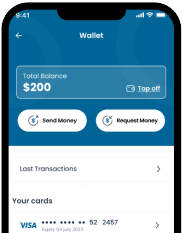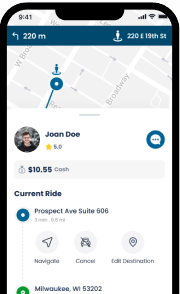Passenger
Team RideWyze Posted on 16th October 2024
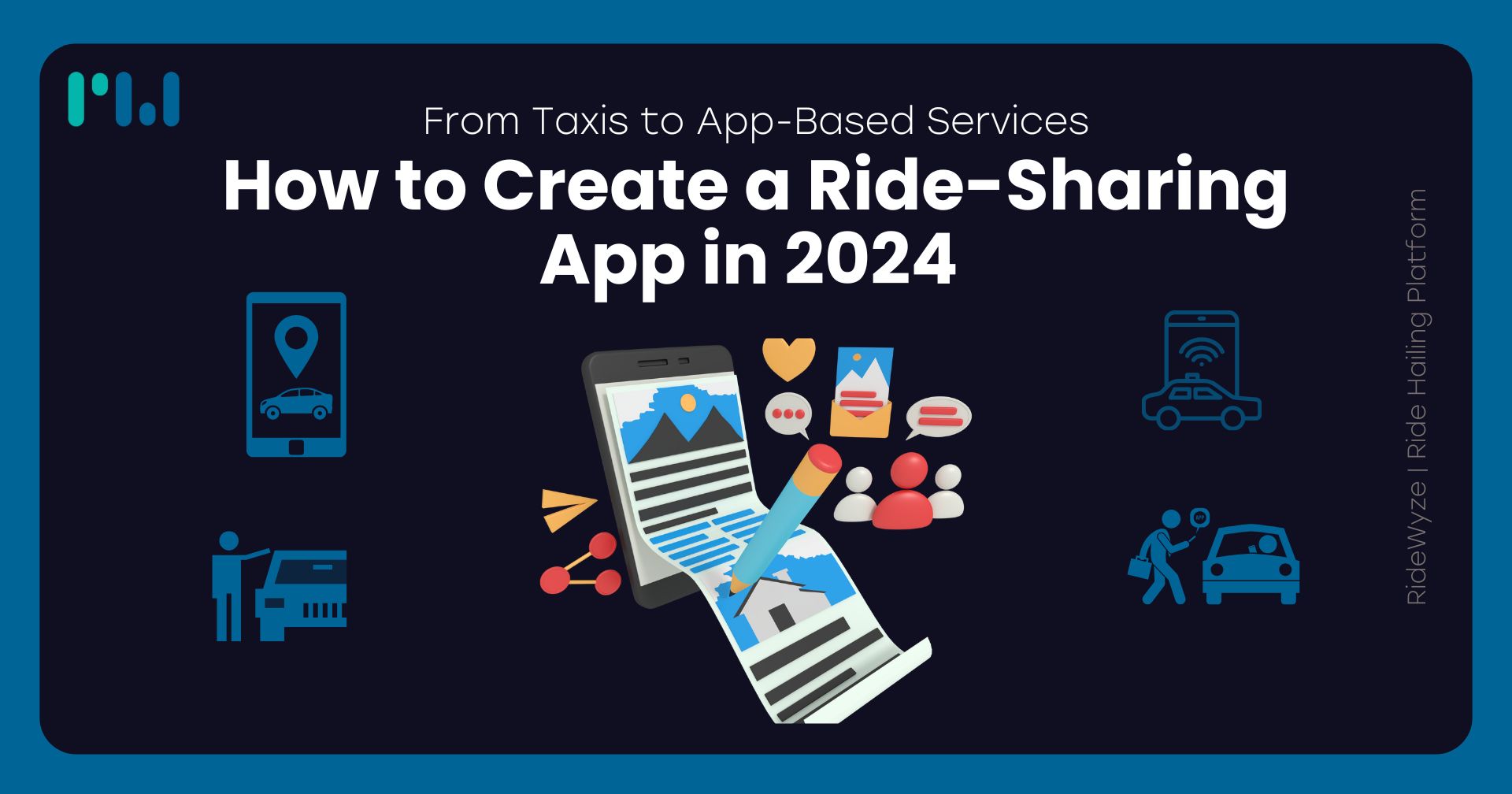
So, you're thinking about jumping into the ride-sharing game in 2024? Great choice! With the demand for convenient transportation skyrocketing, there's no better time to build a ride-sharing app. As more people turn to on-demand services for their daily commutes, the potential for success in this industry is vast. This article is your ultimate guide to creating a successful ride-sharing app that can compete with giants like Uber and Lyft. Let’s dive into the world of app development and explore everything you need to know to make your mark!
Before you start building, it's crucial to understand the current landscape. Trends in ride-sharing are constantly evolving. In 2024, you’ll notice a shift toward eco-friendly vehicles and services tailored for different demographics, like seniors or women. Embracing sustainability isn’t just a trend; it's a responsibility. Think electric cars and shared rides to reduce carbon footprints!
Moreover, the pandemic has reshaped consumer behavior, leading to increased interest in contactless transactions and safety features. Riders are now more concerned about hygiene and safety protocols. Apps that prioritize these aspects—like providing sanitized vehicles or contactless payments—will likely capture more users.
Familiarize yourself with the big players in the market. Uber and Lyft dominate, but niche platforms are gaining traction, particularly those that cater to specific audiences or offer unique services, like carpooling or scheduled rides for medical appointments. Identifying what makes these competitors successful and where they fall short can provide a blueprint for your app.
By examining their strengths, such as user experience or effective marketing strategies, you can also pinpoint areas where they lack. For instance, many users express frustration over surge pricing and long wait times. Addressing these pain points in your app could be your golden ticket to success!
Who are you building this app for? Young professionals? Families? Or maybe your local community? Defining your target audience is key. It shapes your app's features, marketing strategies, and overall approach. Spend some time researching demographics and user behavior to fine-tune your focus.
Understanding the specific needs and preferences of your audience is crucial. For example, if you target families, features like child seat options and family-friendly drivers might be essential. On the other hand, if your audience consists of young professionals, integrating features like corporate accounts and expense tracking could be appealing.

Look closely at what competitors offer. What features do they emphasize? What are users complaining about? This analysis helps you identify gaps in the market. Consider conducting surveys or analyzing reviews to gain insights into user preferences and pain points. Perhaps users are tired of surge pricing or long wait times, and your app can provide a transparent pricing model to differentiate itself.
Remember, your USP should solve a problem or fulfill a need that current offerings do not. Whether it's faster service, better pricing, or enhanced safety features, make sure your app has something unique that draws users in.
Security is paramount. Users need to feel safe while using your app. Implement robust user authentication methods, like social media logins or phone verification. Plus, allow users to create profiles with their preferences, which enhances the user experience. Incorporating a two-factor authentication process can add an extra layer of security, giving users peace of mind. Additionally, consider including a feature that allows users to share their trip details with friends or family for added safety.
The ride booking feature should be seamless. Users should effortlessly schedule rides in just a few taps. Include options for immediate rides or scheduling for later. Make sure drivers can manage their bookings just as easily! Consider allowing users to save their favorite locations, like home or work, for quick access. Additionally, providing an estimated time of arrival (ETA) and fare calculation before confirming a ride can enhance user satisfaction and trust.
Users want to know exactly where their ride is. Integrate a reliable GPS tracking system that allows users to see their driver’s location in real-time. This feature builds trust and keeps users engaged. Furthermore, integrating route optimization can help drivers find the quickest routes, reducing wait times and improving user satisfaction. Offering users the ability to share their ride status with friends or family can also enhance safety and transparency.
Nobody likes dealing with cash during a ride! Make payments hassle-free by integrating various payment options, including credit cards, digital wallets, and even cryptocurrencies. The easier the payment process, the happier your users will be. Consider implementing a fare-splitting feature for group rides, which can encourage more users to share rides together. Providing users with a variety of payment options also allows them to choose the method that suits them best, further enhancing their experience.
Build a rating and review system to foster accountability. Users can rate their drivers and vice versa. This transparency encourages quality service and helps build a reliable community. Make sure to regularly monitor these reviews and ratings to identify any patterns or areas needing improvement. Positive feedback can be highlighted to attract new users, while addressing negative reviews can help you improve service and enhance user satisfaction.
Deciding between iOS and Android? Both have their pros and cons. iOS might have a higher revenue potential, but Android has a larger user base. Consider your target audience and market when making this decision. If your target demographic skews younger, Android might be the way to go, as it holds a significant market share in that age group. On the flip side, if you're focusing on urban professionals, an iOS-first strategy might yield higher returns.
Your app’s backend is the engine that powers it. Choose a scalable architecture to handle fluctuating demand, especially during peak times. Technologies like Node.js or Ruby on Rails are excellent choices for developing your backend. Additionally, consider utilizing cloud services like AWS or Google Cloud for reliable storage and computational power. They offer flexibility, allowing you to scale your app as demand grows without significant upfront costs.
User experience (UX) is critical. A cluttered interface can turn potential users away faster than you can say “ride-share.” Keep your design simple, intuitive, and responsive. Conduct user testing to gather feedback on your design choices.
Engaging users with a clean, aesthetically pleasing interface can significantly improve their overall experience. Invest in professional UI design to ensure your app is visually appealing and easy to navigate. Prioritize essential features and avoid overwhelming users with too many options.
Before jumping into development, create prototypes and wireframes. This helps visualize the app's layout and features without committing too much time or money. Tools like Figma or Adobe XD are perfect for this stage. Use wireframes to outline the app's structure, focusing on functionality rather than design. Prototyping tools allow you to create interactive mockups, enabling you to test the user journey and gather feedback before development begins.
You have options here! You can hire freelance developers, a development agency, or build an in-house team. Each has its pros and cons. Consider your budget, timeline, and the complexity of your app when making this decision. Freelancers can offer flexibility and often lower costs, while development agencies bring expertise and resources. An in-house team allows for more control but comes with higher long-term costs. Weigh your options carefully to choose the best fit for your project.
Use Agile methodologies to keep your project on track. This approach emphasizes iterative development, allowing you to make adjustments based on user feedback. Regular check-ins with your team ensure everyone is aligned and working toward the same goal. Implementing Agile methodologies enables you to adapt quickly to changes, which is essential in a fast-paced industry like ride-sharing. Embrace user feedback as a valuable tool for continuous improvement throughout the development process.
Testing is crucial to ensure a smooth user experience. Conduct unit tests to check individual components, integration tests for how they work together, and user testing to gather feedback from real users. This thorough testing phase helps catch bugs and improve overall functionality.
By utilizing automated testing tools, you can streamline the process and ensure thorough coverage. Engaging beta testers can also provide fresh insights, helping you refine the app before the official launch.
After testing, gather user feedback. Create surveys or conduct focus groups to understand how users interact with your app. Their insights can be invaluable for making final adjustments before launch. Consider implementing feedback mechanisms within the app itself, encouraging users to report issues or share suggestions directly. This fosters a sense of community and shows users that their opinions matter.
A killer app deserves a killer launch! Develop a marketing strategy that includes social media, influencer partnerships, and promotions. Consider offering discounts for first-time users to encourage downloads.
Create a buzz around your app by leveraging social media platforms. Engage with potential users through contests, giveaways, and targeted advertisements. Collaborating with influencers who align with your brand can also help you reach a wider audience.
Community is everything! Create a space for users to connect, share experiences, and provide feedback. This fosters loyalty and encourages word-of-mouth marketing. A strong community can significantly enhance user retention and overall brand awareness. Consider implementing referral programs where users can earn rewards for bringing in new customers. Building a loyal community can lead to long-term success, as satisfied users often become your best advocates.
After launch, it’s essential to monitor user data to identify trends and areas for improvement. Track metrics like user retention, ride frequency, and feedback ratings. Utilize analytics tools to gain insights into user behavior and preferences. Regularly analyze data to understand how users interact with your app. This data-driven approach allows you to make informed decisions about future updates and features, ensuring your app remains relevant and competitive.
The work doesn't stop after launch! Gather ongoing feedback and make necessary updates to improve user experience. Regularly release updates that address user concerns or introduce new features to keep your app fresh and engaging. Stay abreast of industry trends and technological advancements to ensure your app remains competitive. Engage with your user community to understand their evolving needs, enabling you to adapt and grow in a dynamic market.
Creating a successful ride-sharing app in 2024 requires careful planning, execution, and ongoing commitment to quality and user experience. By understanding the market, defining your unique selling proposition, and focusing on essential features, you can build an app that meets the needs of modern users. With the right approach, your ride-sharing app can carve out its own niche in this competitive landscape. Remember, the key to success is not just launching an app, but continuously improving and adapting it to meet user expectations and industry trends. So, roll up your sleeves and get ready to make your mark in the ride-sharing world!
Essential features to include in a ride-sharing app in 2024 are user registration and profiles, real-time GPS tracking, in-app payments, ride scheduling, driver and passenger ratings, ride-sharing options (such as carpooling), and an intuitive user interface. Additionally, incorporating advanced safety features and multi-language support can enhance user experience.
The cost to create a ride-sharing app in 2024 can range from $50,000 to $300,000 or more, depending on factors such as the complexity of features, platform choice (iOS, Android, or both), and the location of your development team. A fully customized solution may be on the higher end of the range, especially if it includes advanced functionalities.
The best technologies for developing a ride-sharing app in 2024 include programming languages like Swift for iOS and Kotlin for Android. Backend technologies such as Node.js or Django, cloud services like AWS or Google Cloud for hosting, and integration of APIs for real-time mapping and payment processing are also essential for seamless functionality.
Developing a ride-sharing app in 2024 typically takes between 6 to 12 months, depending on the app's complexity, feature set, and the development team’s expertise. This timeline includes stages such as planning, design, development, testing, and deployment.
To launch your ride-sharing app successfully, start by conducting thorough market research to understand user needs and preferences. Develop a comprehensive business plan, prioritize user-friendly design, and focus on robust marketing strategies for your launch. Additionally, gathering feedback during beta testing can help refine the app before its official release, ensuring a smooth launch.
Our Blogs
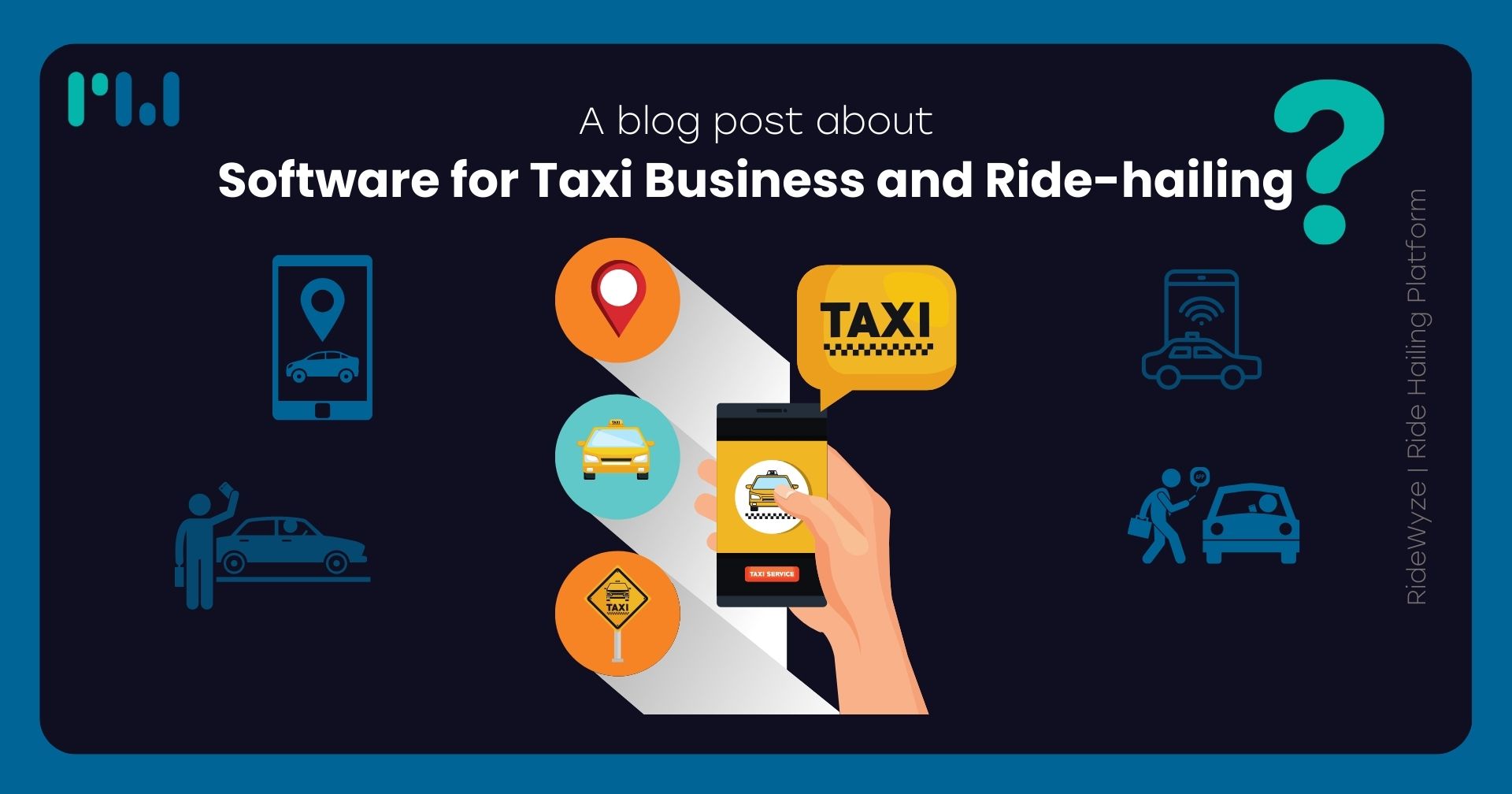
Article
Top Ride-Hailing Platforms
Discover powerful software solutions designed to streamline taxi and ride-hailing operations for better efficiency.
Sep 29, 2024 · 6 min read

Article
Software for Taxi Business and Ride-hailing
Discover powerful software solutions designed to streamline taxi and ride-hailing operations for better efficiency.
Sep 29, 2024 · 6 min read
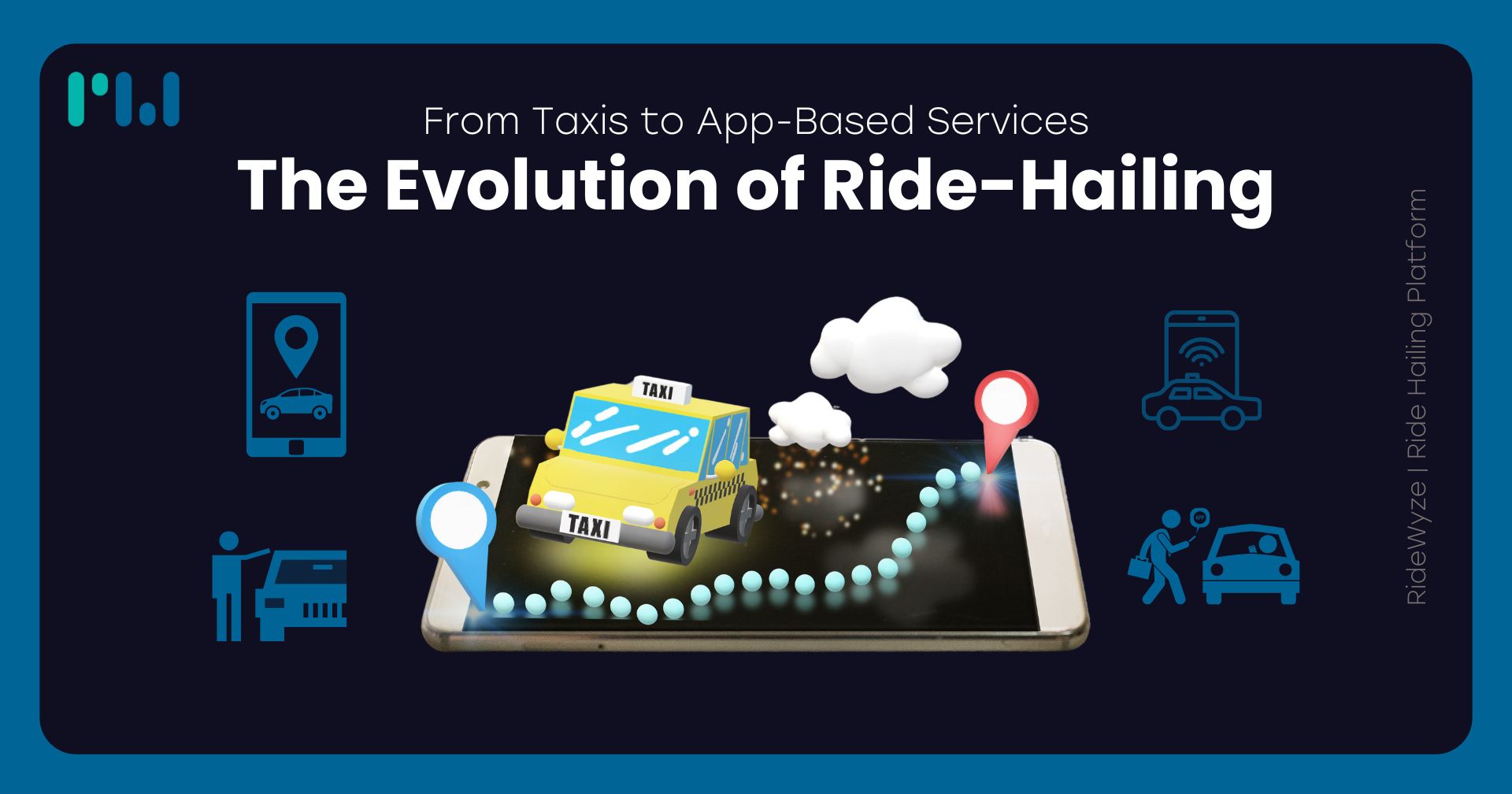
Article
The Evolution of Ride-Hailing: From Taxis to App-Based Services
Explore the journey of ride-hailing from traditional taxis to modern app-based services that redefine convenience.
Oct 6, 2024 · 6 min read
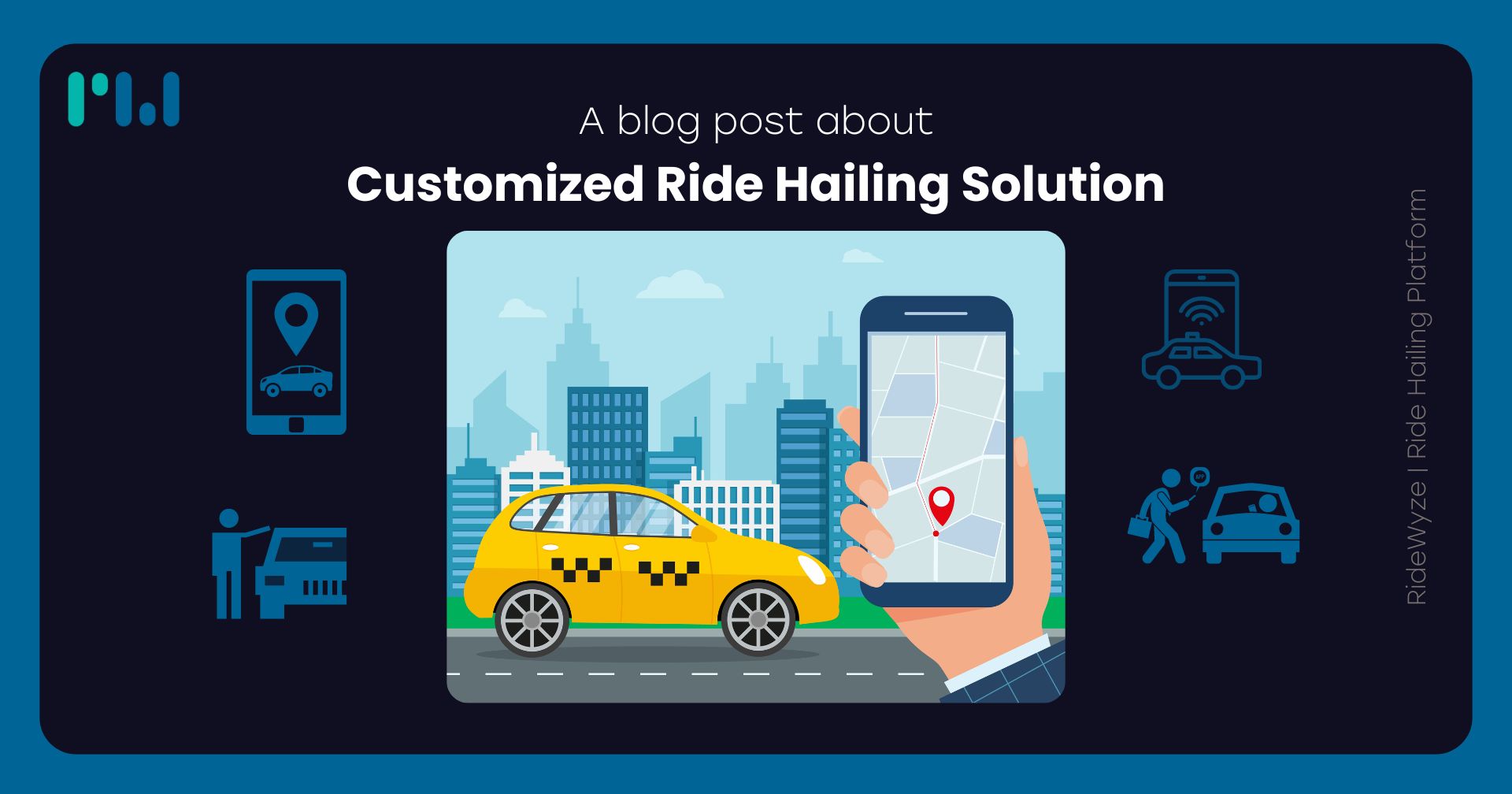
Article
Customized Ride Hailing Solution
Discover tailored ride-hailing solutions designed to meet unique business needs, enhancing efficiency and user experience.
Oct 10, 2024 · 6 min read
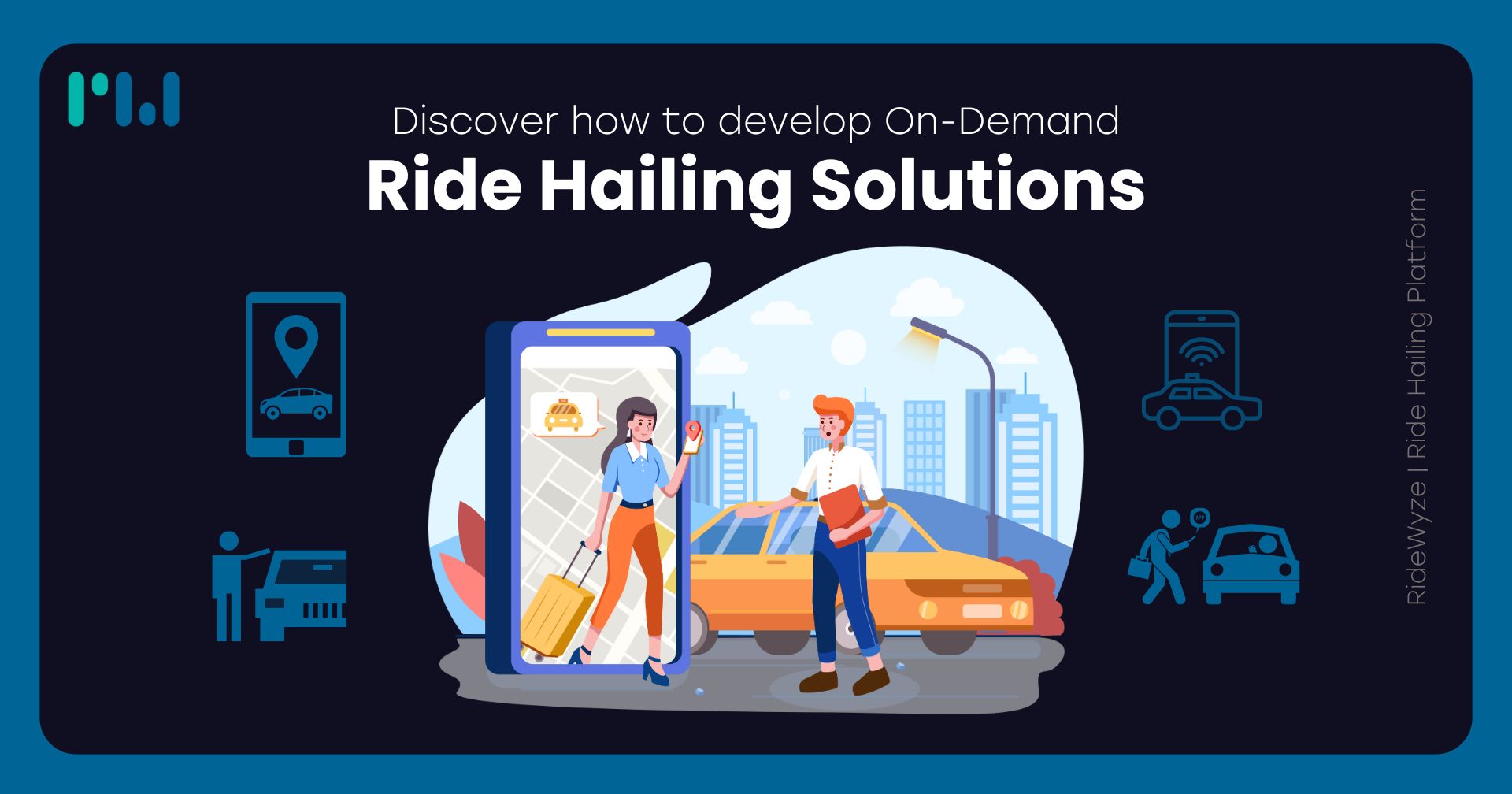
Article
On-Demand Ride Hailing Solutions
Discover flexible on-demand ride-hailing solutions to enhance your transportation services. Learn how to streamline your operations today!
Oct 15, 2024 · 6 min read

Article
How to Create a Ride-Sharing App in 2024
Learn the step-by-step process to create a successful ride-sharing app in 2024, from planning to development and launch.
Oct 16, 2024 · 6 min read
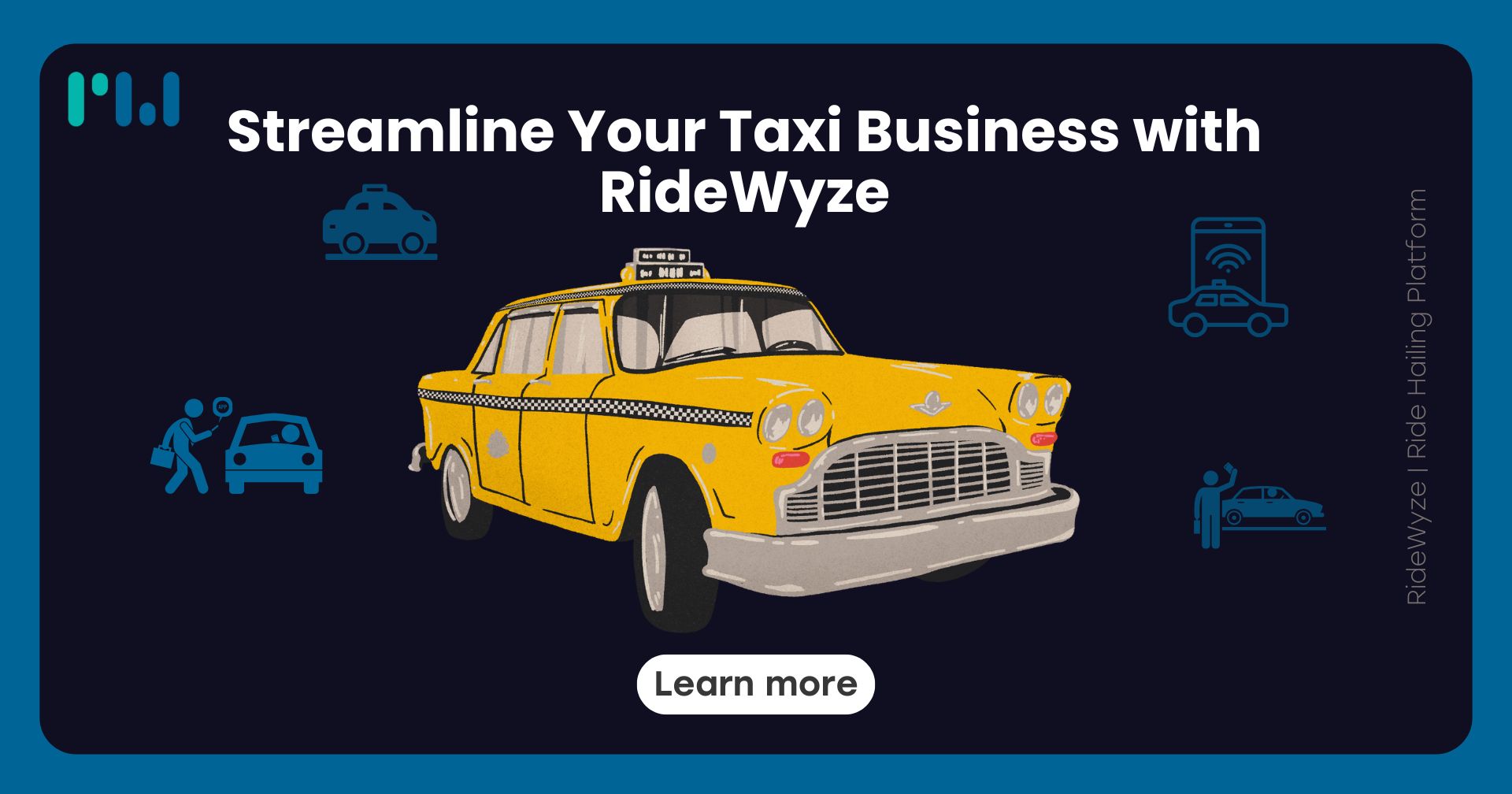
Article
Streamline Your Taxi Business with RideWyze
Optimize your taxi business with RideWyze’s efficient platform, offering seamless management and enhanced customer experience.
Oct 17, 2024 · 6 min read
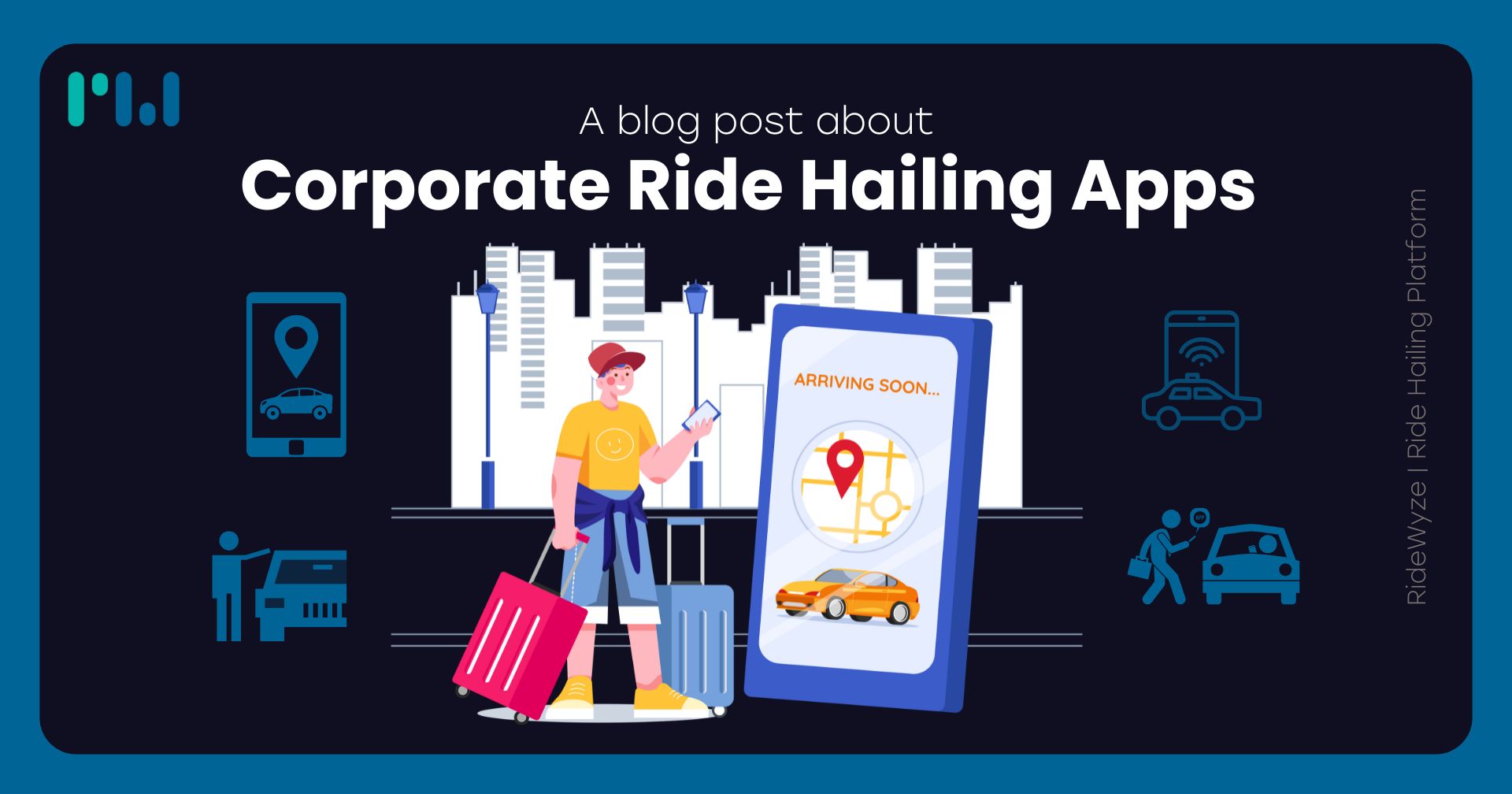
Article
Corporate Ride Hailing Apps
Discover the benefits of corporate ride-hailing apps for businesses, offering cost-effective and efficient transportation solutions for employees.
Oct 22, 2024 · 6 min read
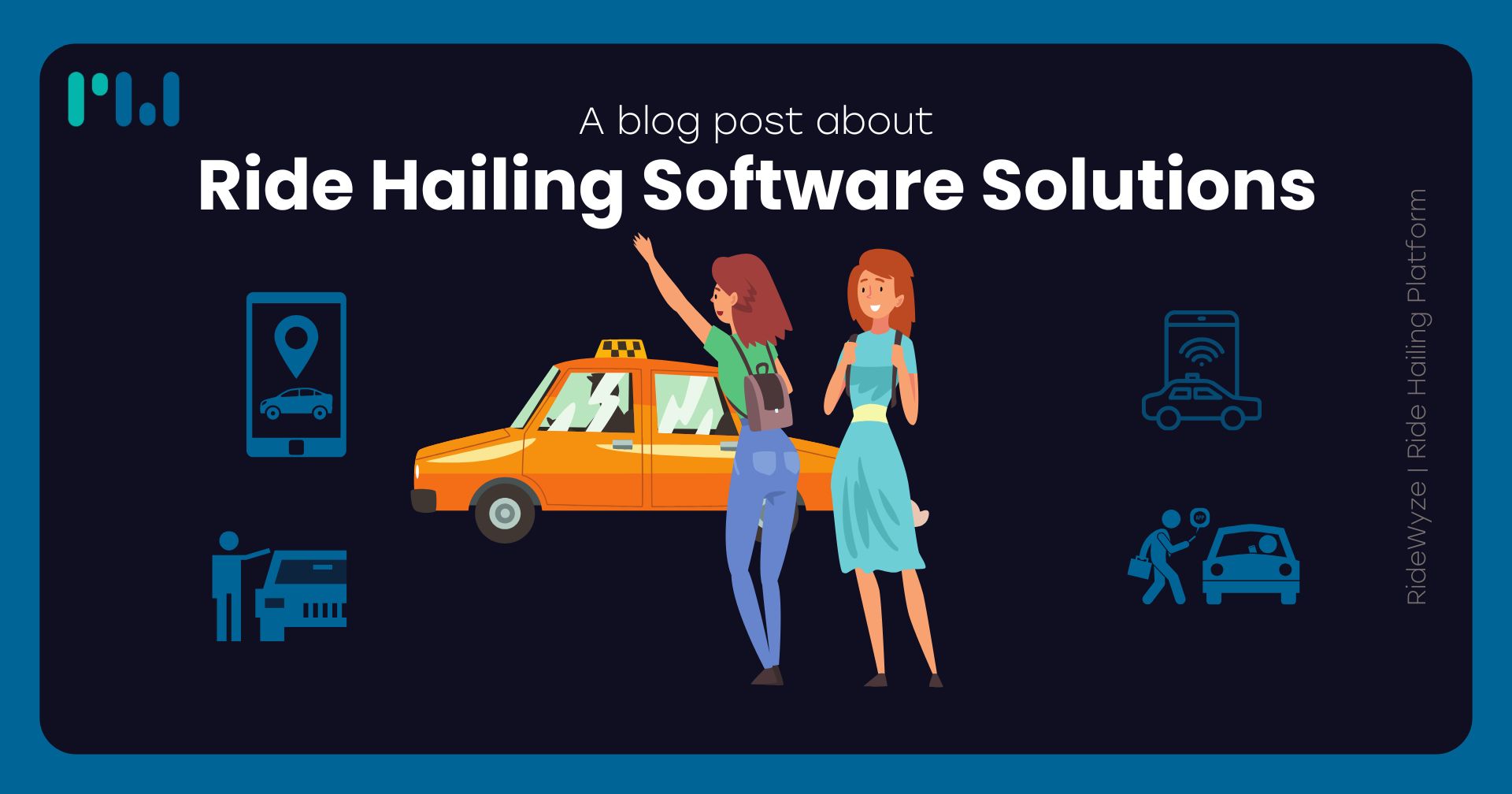
Article
Ride Hailing Software Solutions
Explore advanced ride-hailing software solutions that streamline bookings, tracking, and payments for seamless transit.
Oct 25, 2024 · 6 min read
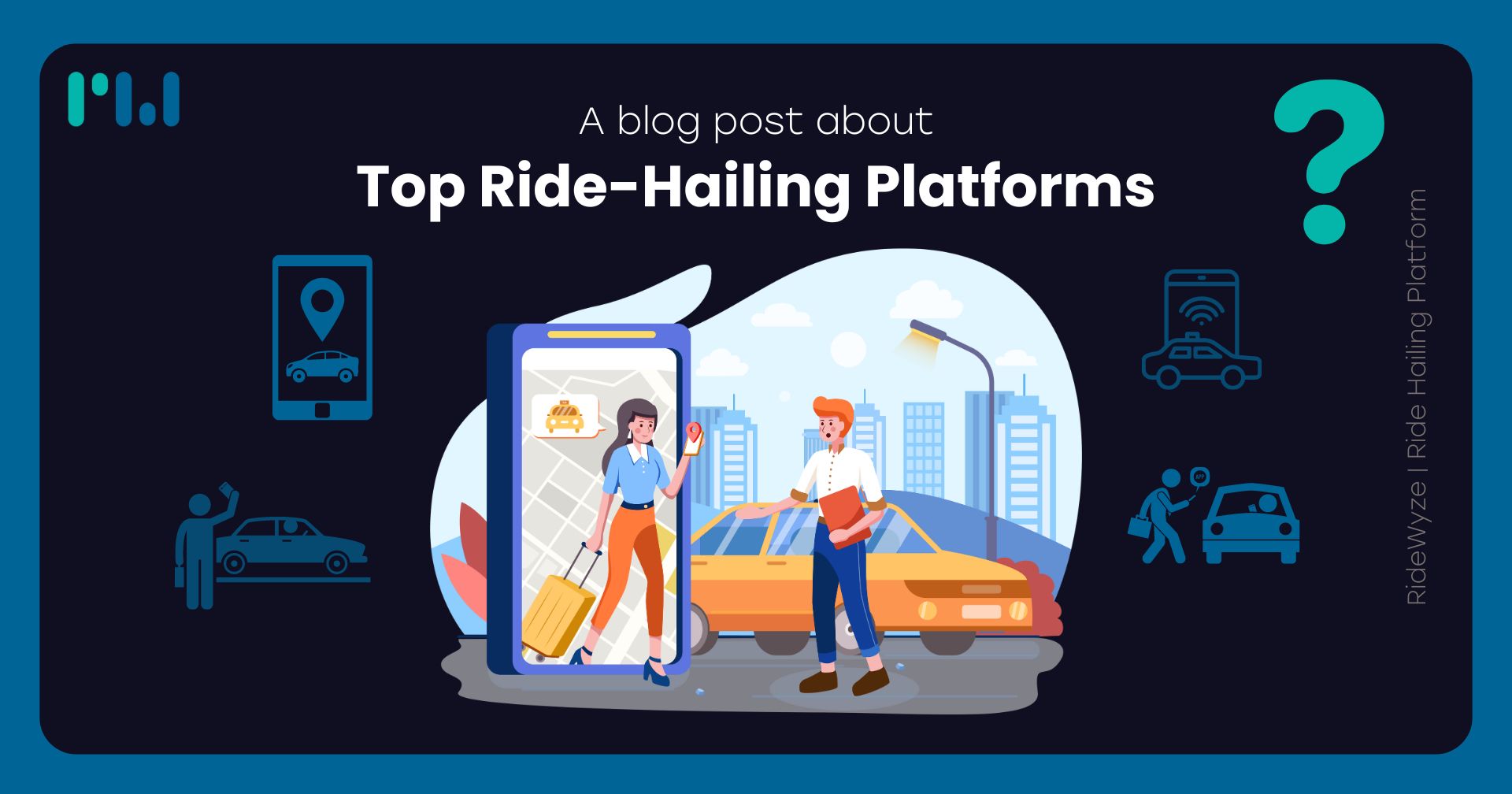
Article
The Future of Ride Hailing
Explore emerging trends in ride-hailing technology, from eco-friendly options to AI-driven experiences.
Oct 30, 2024 · 6 min read

Article
Choosing the Right Ride-Hailing Software
Find out how to choose the best ride-hailing software to optimize operations and improve rider experience.
1 Nov, 2024 · 6 min read

Article
How Taxi Hailing Platforms Are Changing the Way We Travel
Explore how taxi-hailing platforms are revolutionizing travel with convenience, real-time tracking, and ease.
5 Nov, 2024 · 6 min read
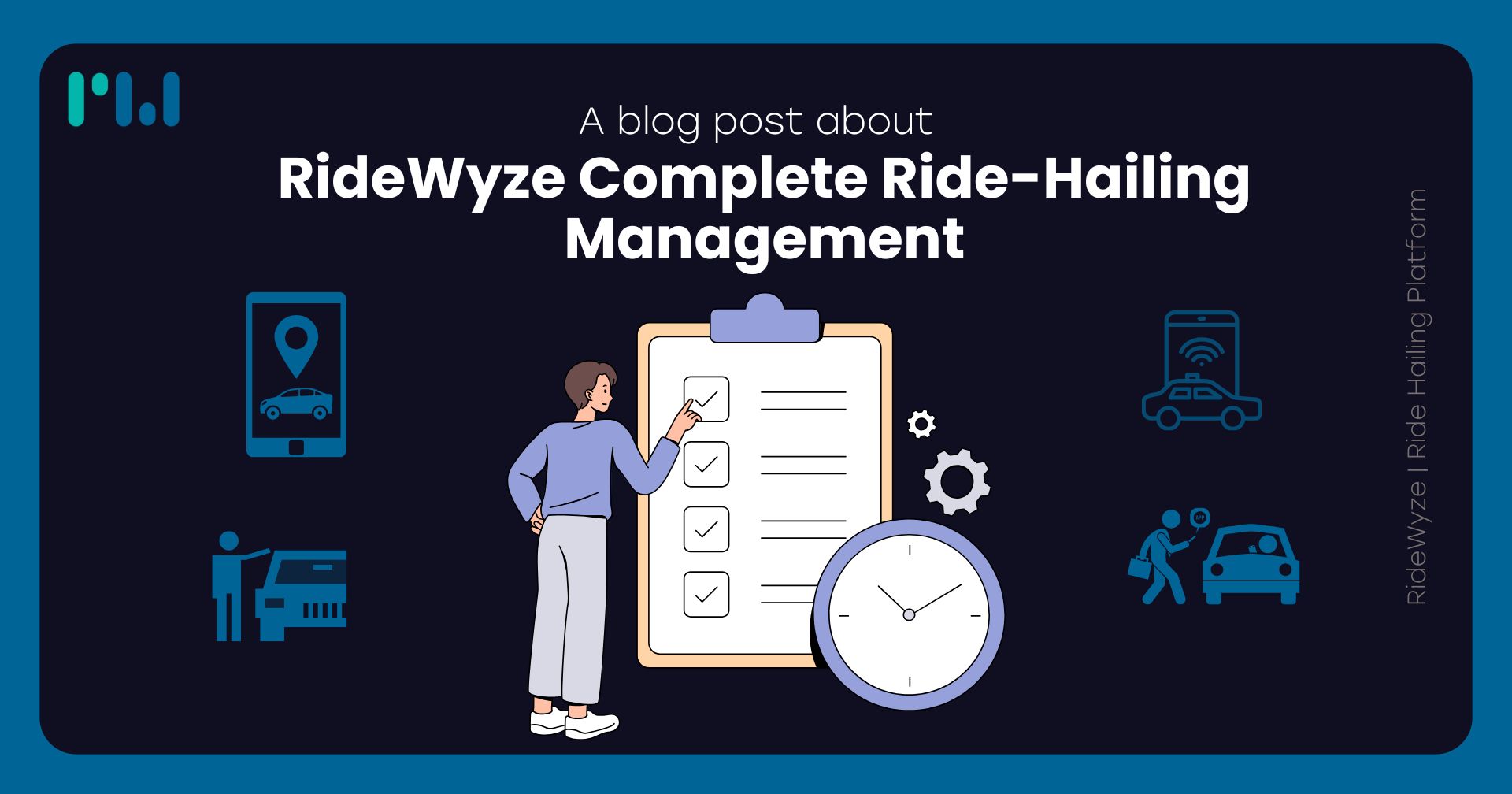
Article
RideWyze Complete Ride-Hailing Management
Streamline your ride-hailing operations with RideWyze’s comprehensive tools for efficient booking and fleet management.
7 Nov, 2024 · 6 min read
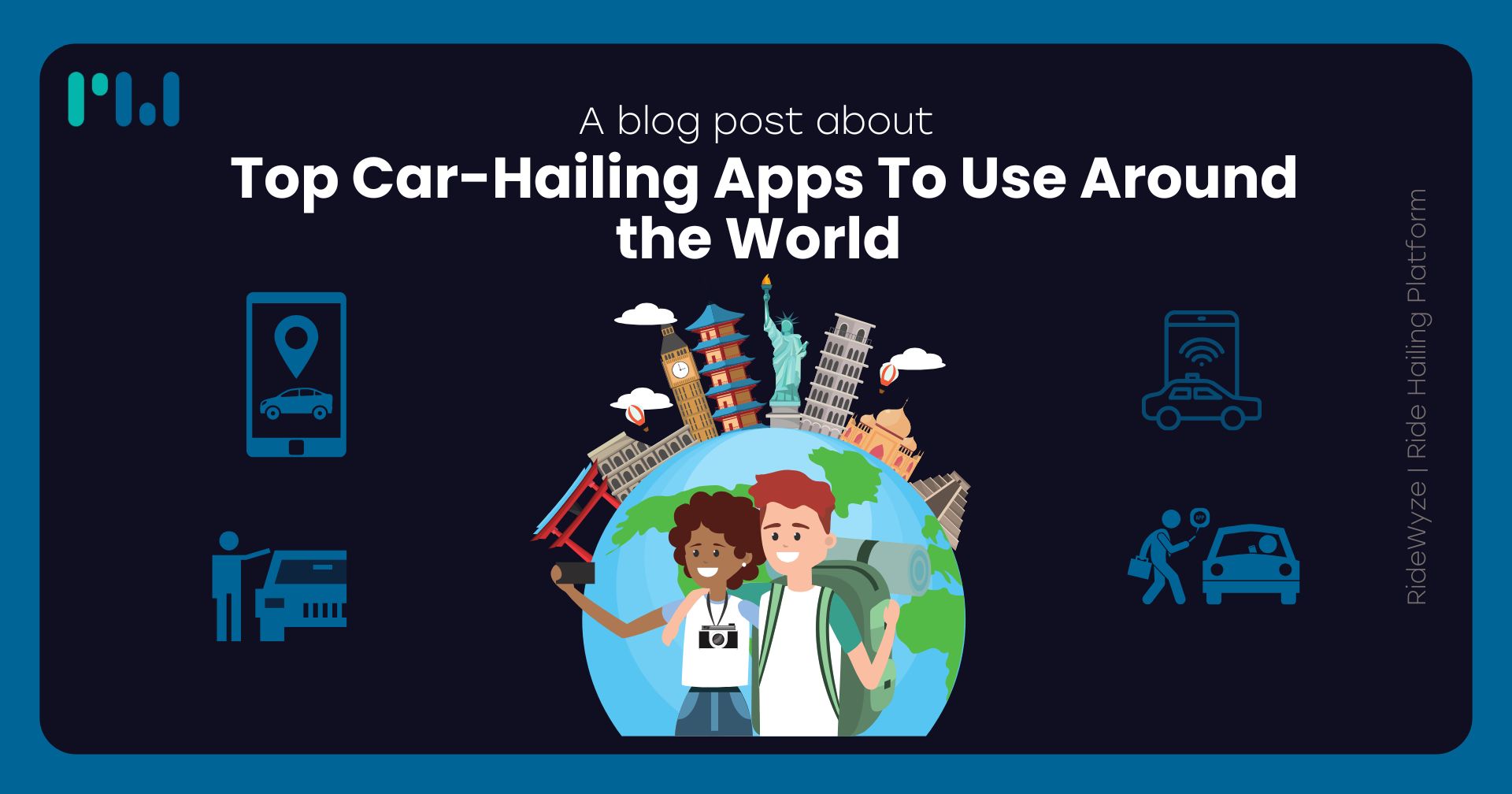
Article
Top Car-Hailing Apps To Use Around the World
Explore the best car-hailing apps worldwide for convenient, reliable, and seamless travel experiences.
11 Nov, 2024 · 6 min read
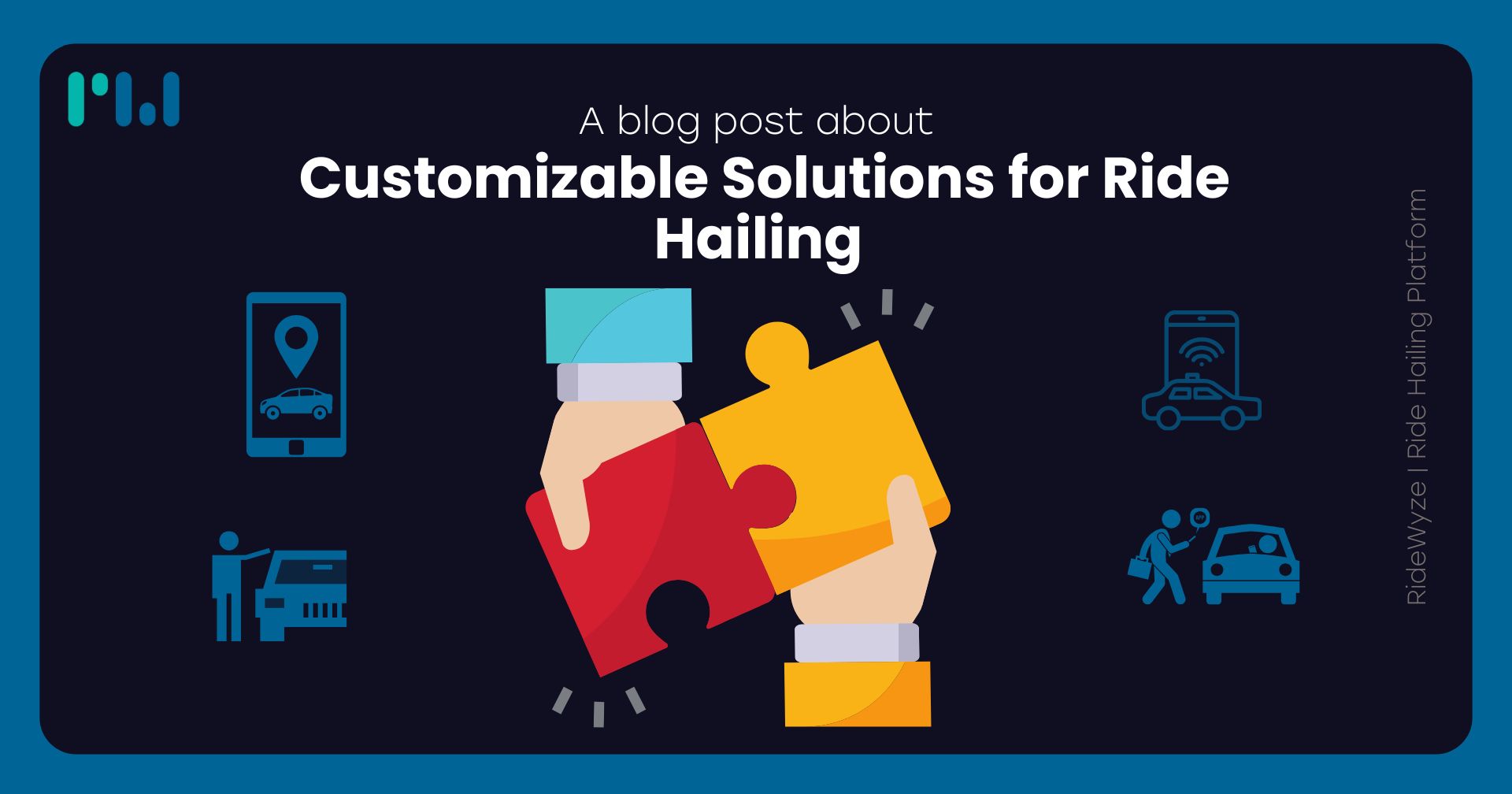
Article
Customizable Solutions for Ride Hailing
Explore flexible ride-hailing solutions tailored to meet your unique business needs and enhance user satisfaction.
18 Nov, 2024 · 6 min read
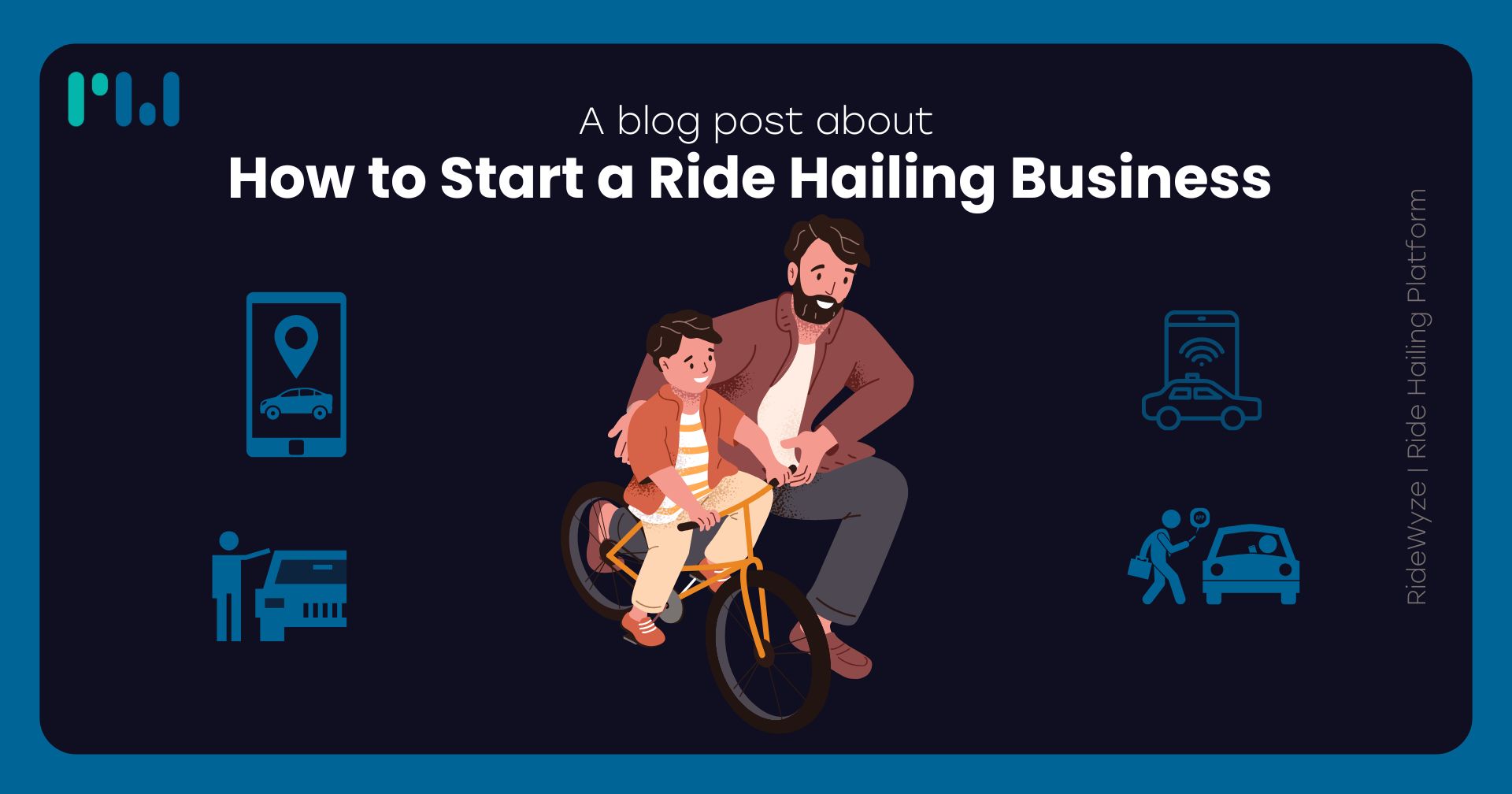
Article
How to Start a Ride Hailing Business
Learn the steps to launch a successful ride-hailing business, from planning and licensing to app development.
20 Nov, 2024 · 6 min read

Article
Transforming Urban Mobility with RideWyze
Discover how RideWyze revolutionizes urban mobility with seamless ride-hailing solutions and smart technology.
25 Nov, 2024 · 6 min read
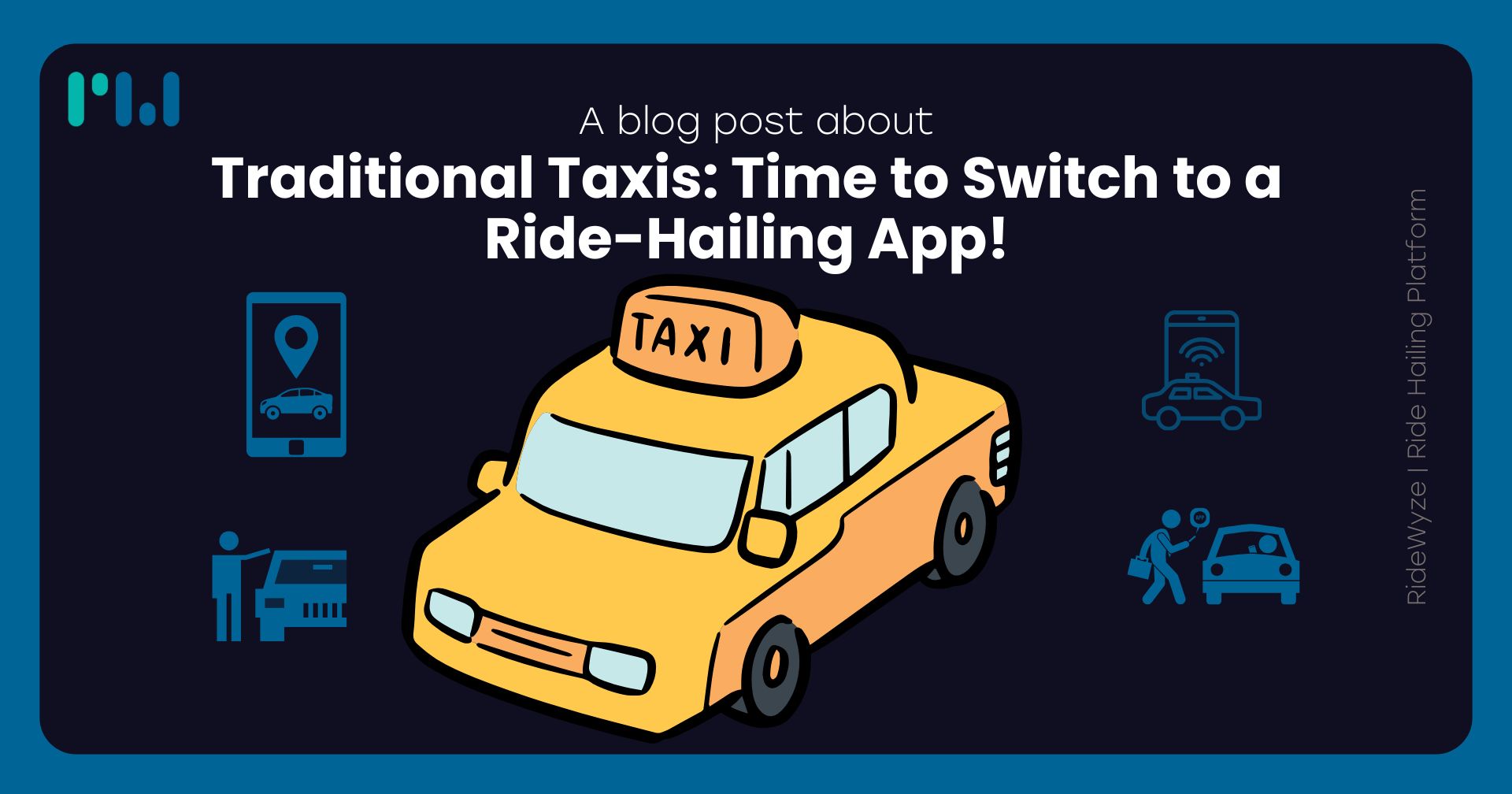
Article
Traditional Taxis: Time to Switch to a Ride-Hailing App!
Explore why ride-hailing apps are a smarter, more convenient alternative to traditional taxis in today’s fast-paced world.
28 Nov, 2024 · 6 min read
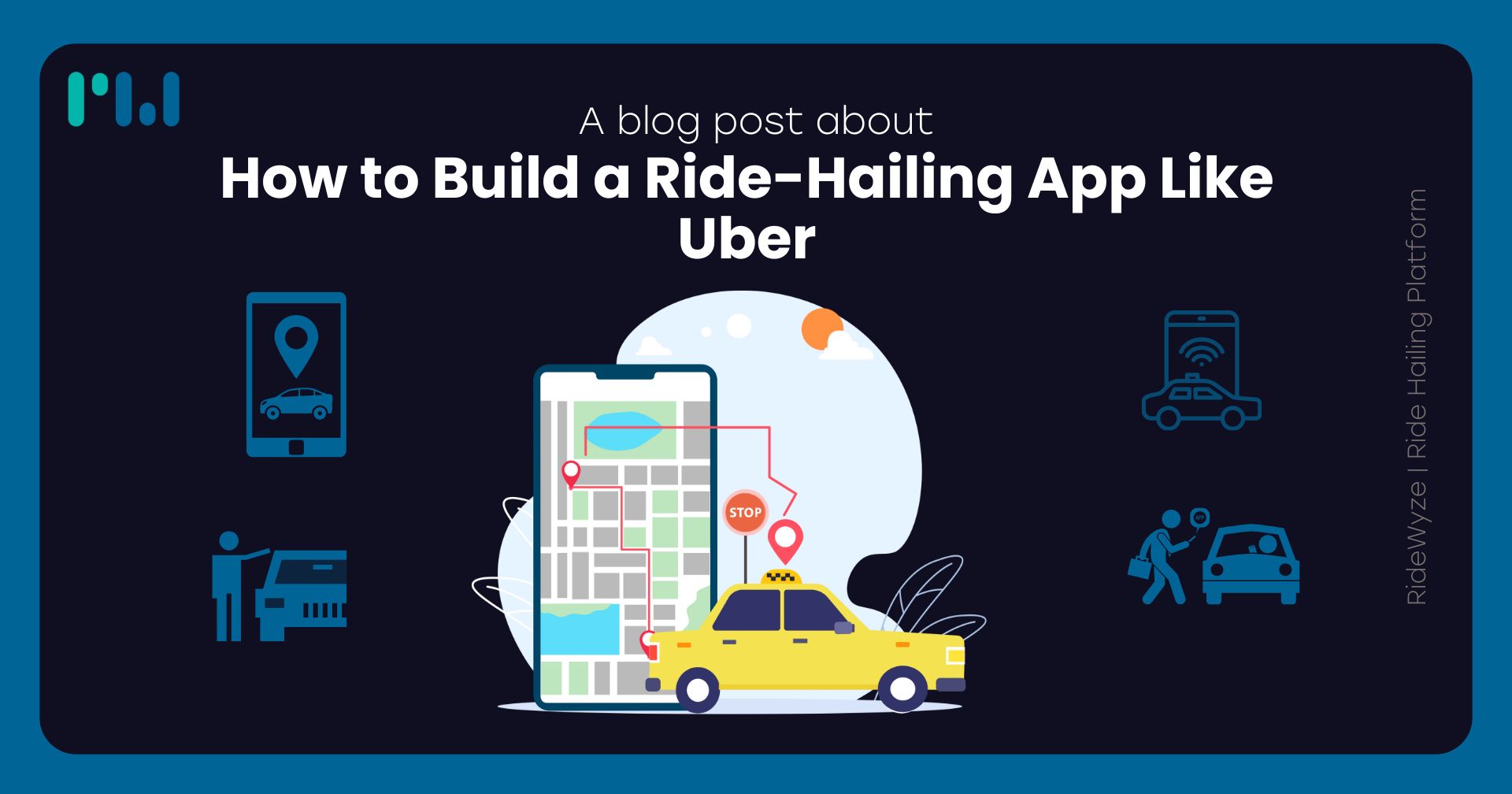
Article
How to Build a Ride-Hailing App Like Uber
Learn the key steps, features, and technology needed to create a successful ride-hailing app like Uber.
29 Nov, 2024 · 6 min read
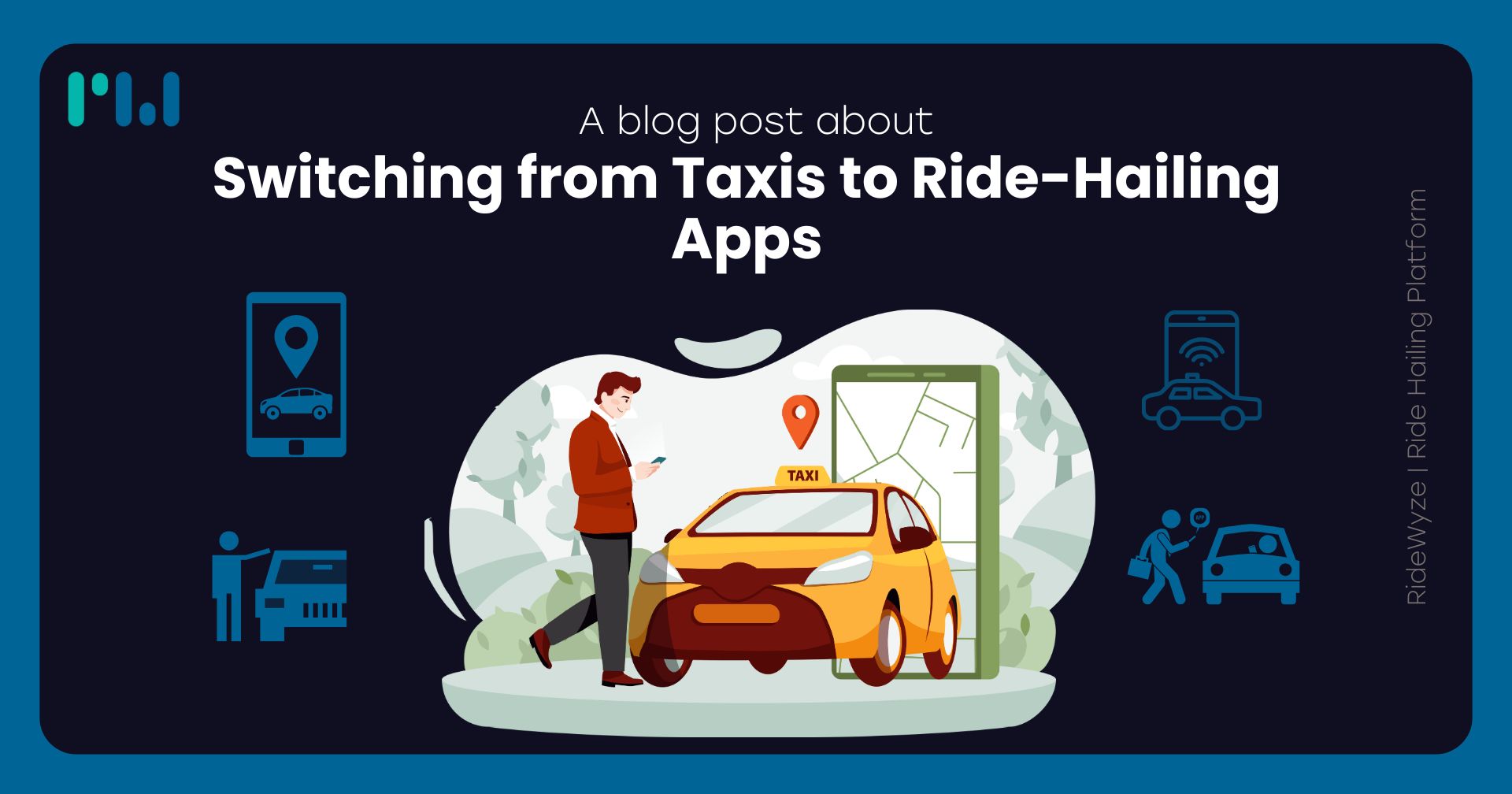
Article
Switching from Taxis to Ride-Hailing Apps
Learn why ride-hailing apps are transforming travel, offering convenience, affordability, and smarter navigation.
3 Dec, 2024 · 6 min read
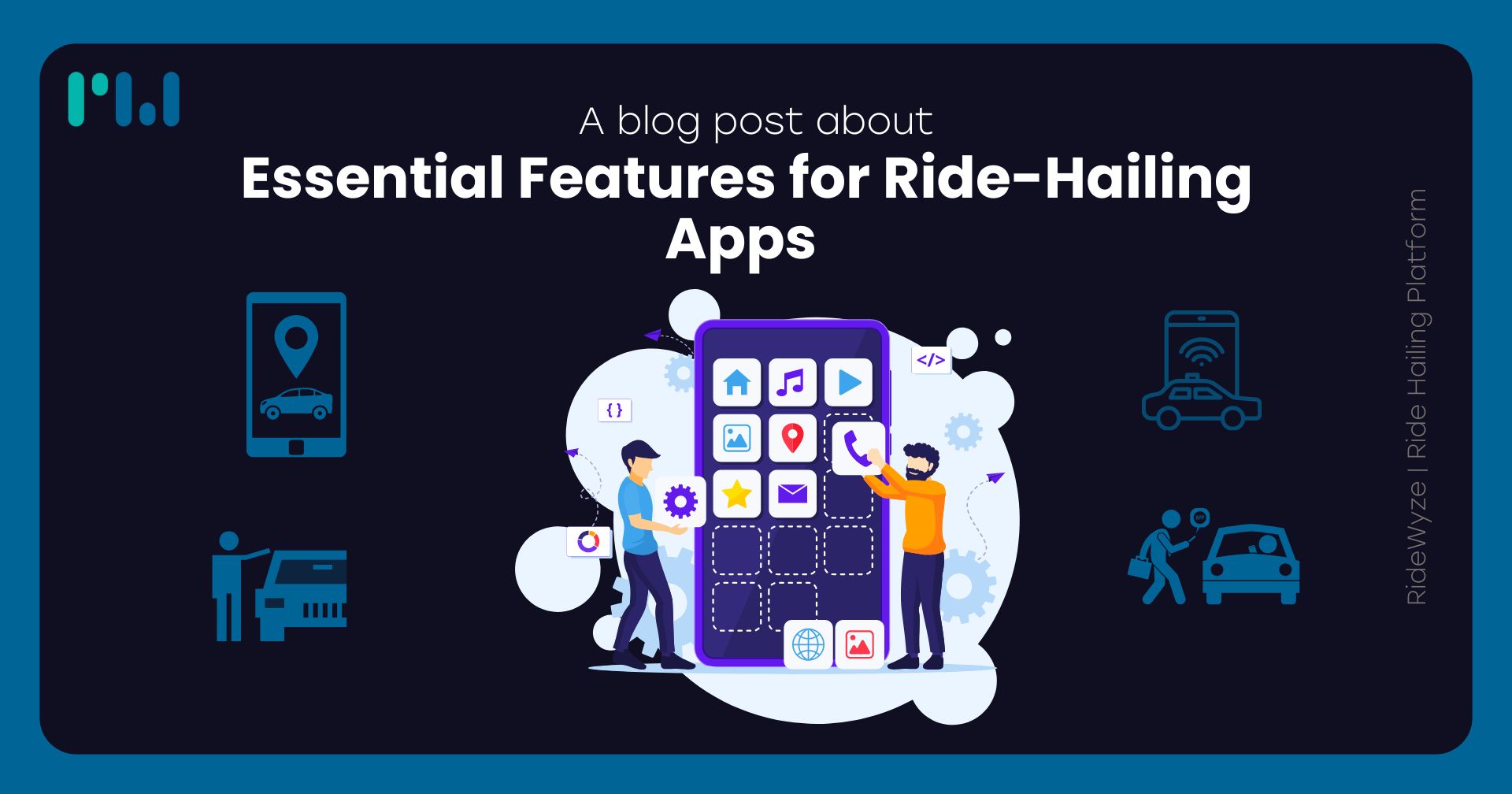
Article
Essential Features for Ride-Hailing Apps
Explore the must-have features for ride-hailing apps that enhance user experience and streamline operations.
6 Dec, 2024 · 6 min read
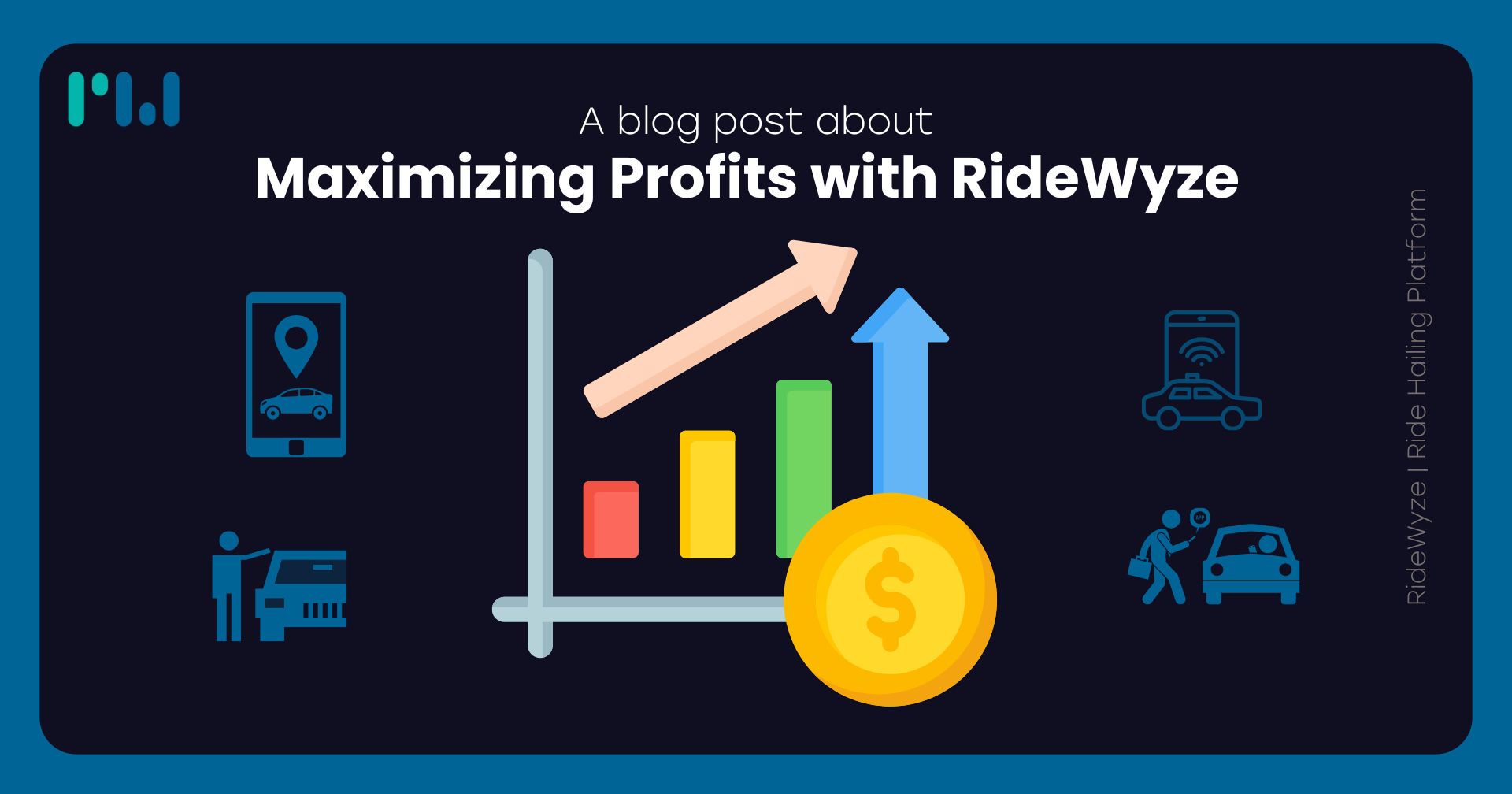
Article
Maximizing Profits with RideWyze
Optimize your ride-hailing business with RideWyze's smart solutions, boosting efficiency and increasing revenue.
11 Dec, 2024 · 6 min read
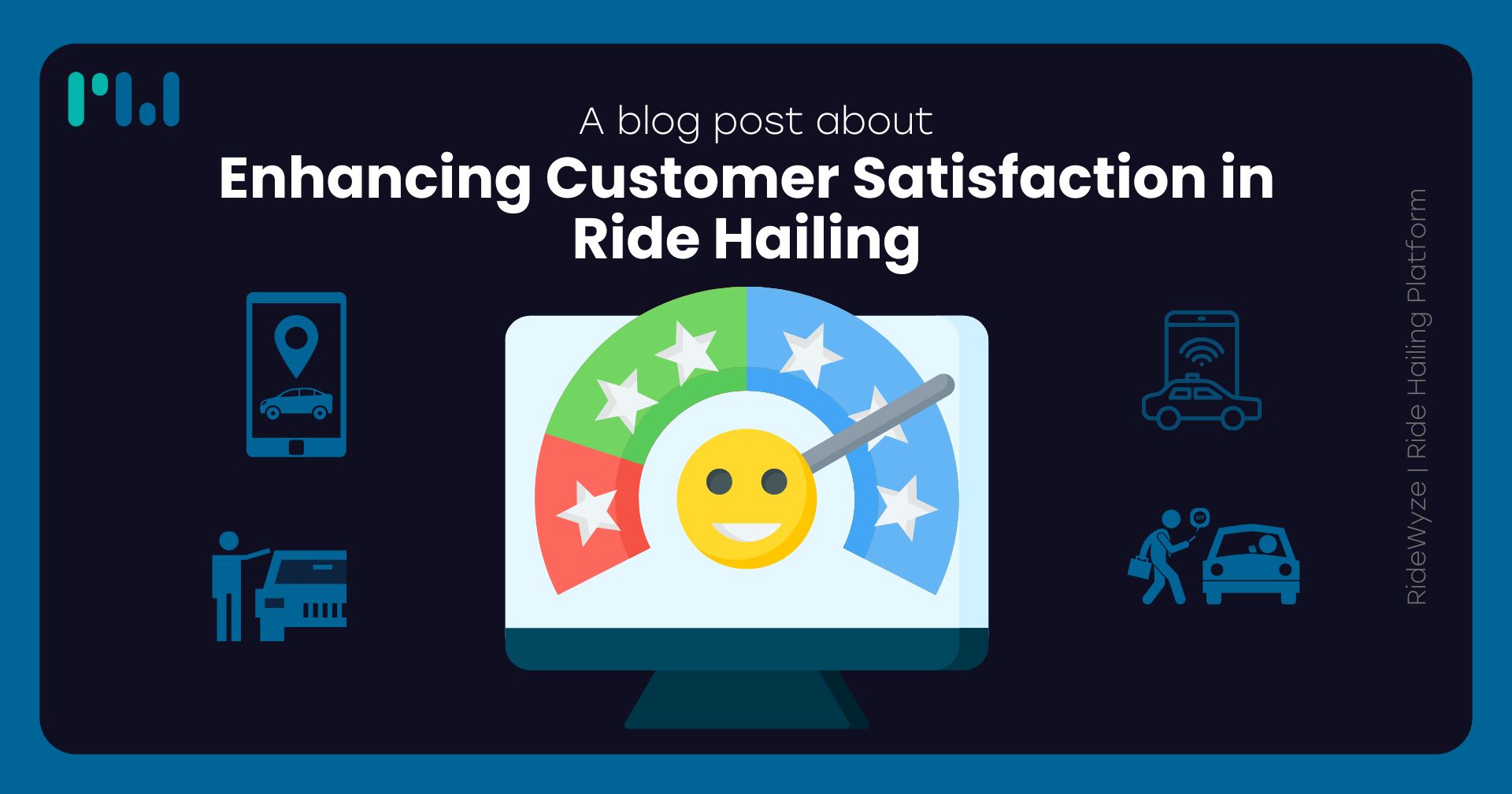
Article
Enhancing Customer Satisfaction in Ride Hailing
Discover strategies to improve customer experiences and build loyalty in the competitive ride-hailing market.
13 Dec, 2024 · 6 min read
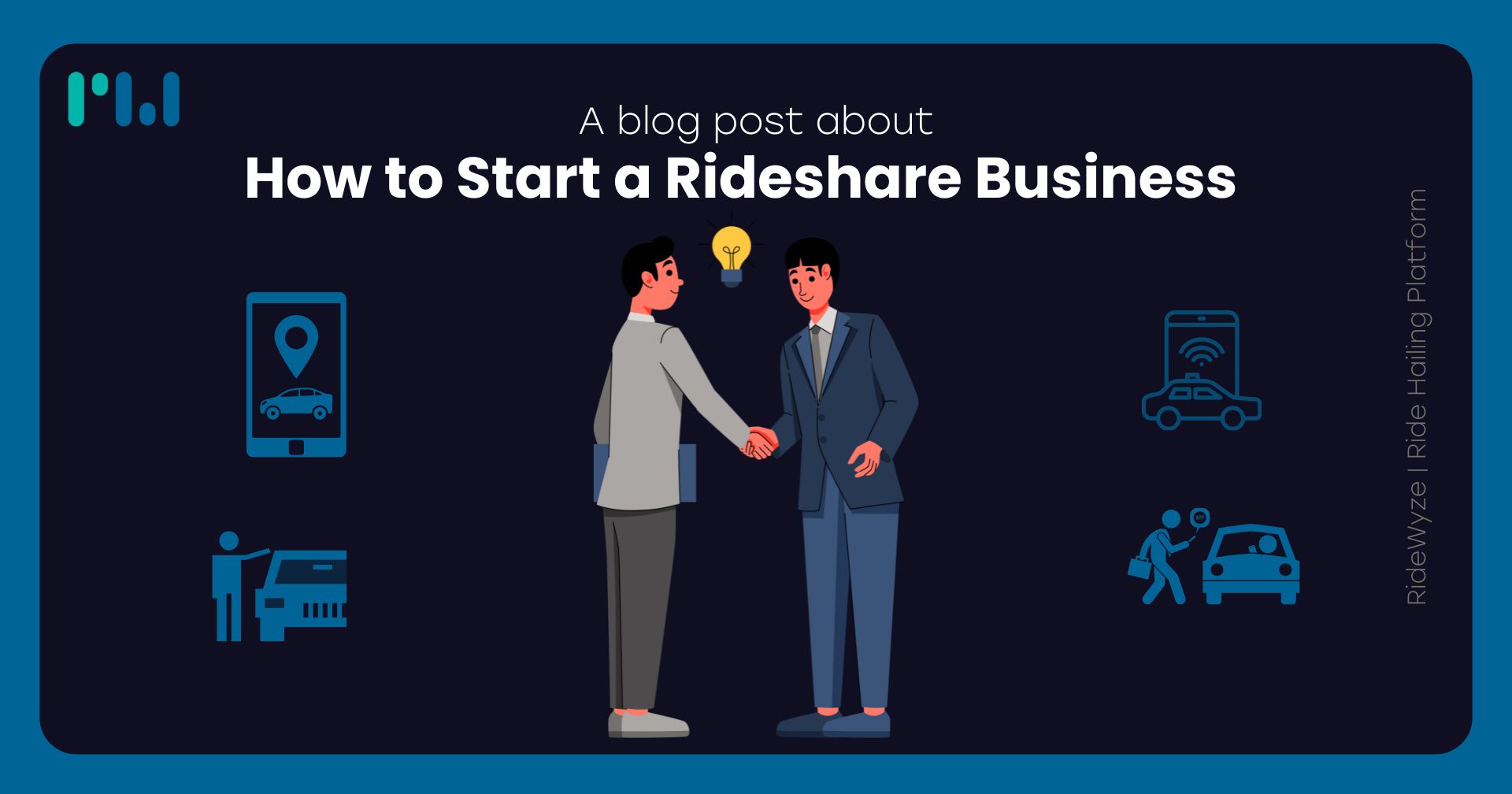
Article
How to Start a Rideshare Business
Learn the essential steps to launch your rideshare business, from planning to implementation.
16 Dec, 2024 · 6 min read
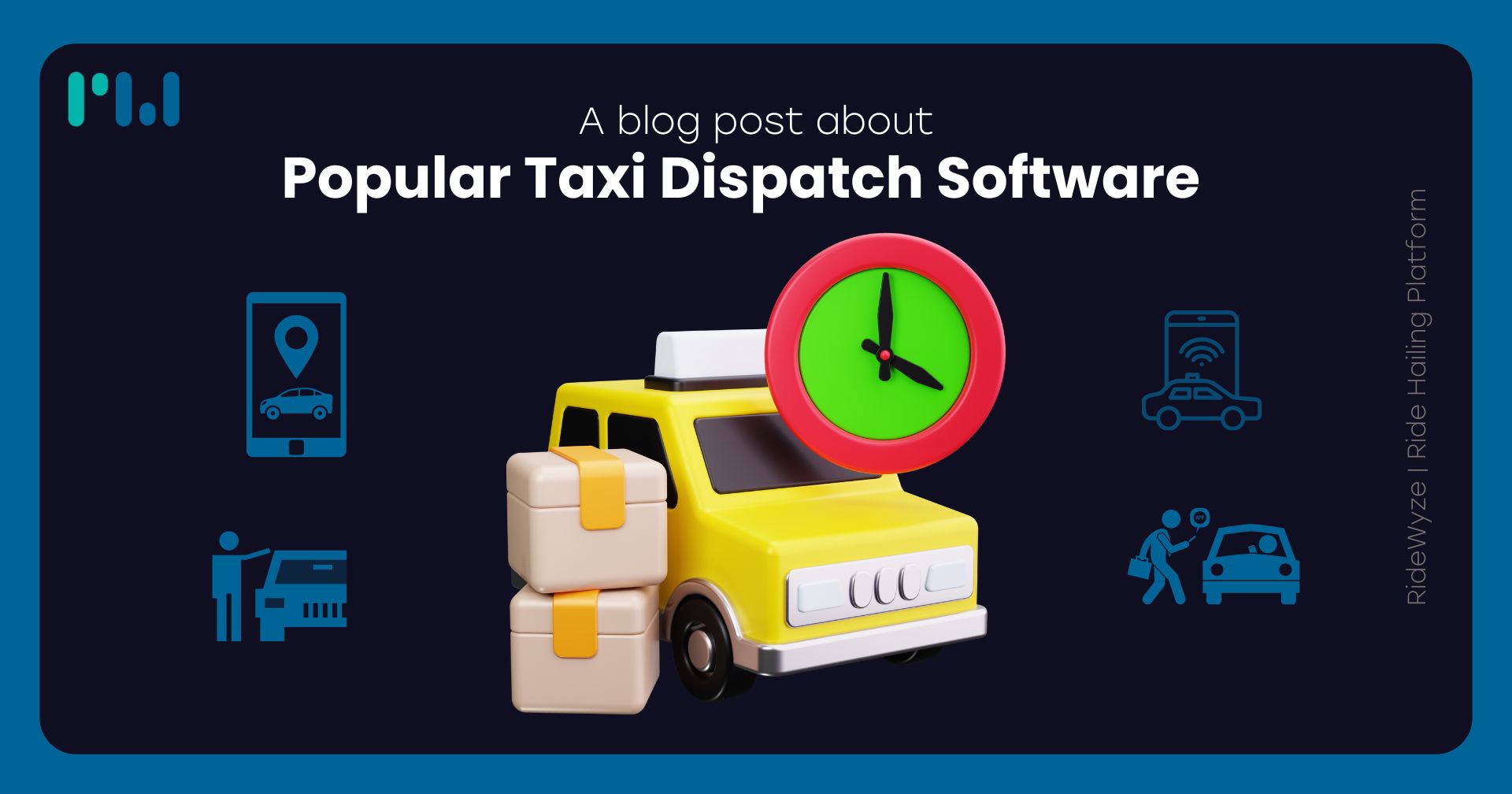
Article
Popular Taxi Dispatch Software
Discover top taxi dispatch software solutions that enhance fleet management, improve efficiency, and streamline operations.
18 Dec, 2024 · 6 min read
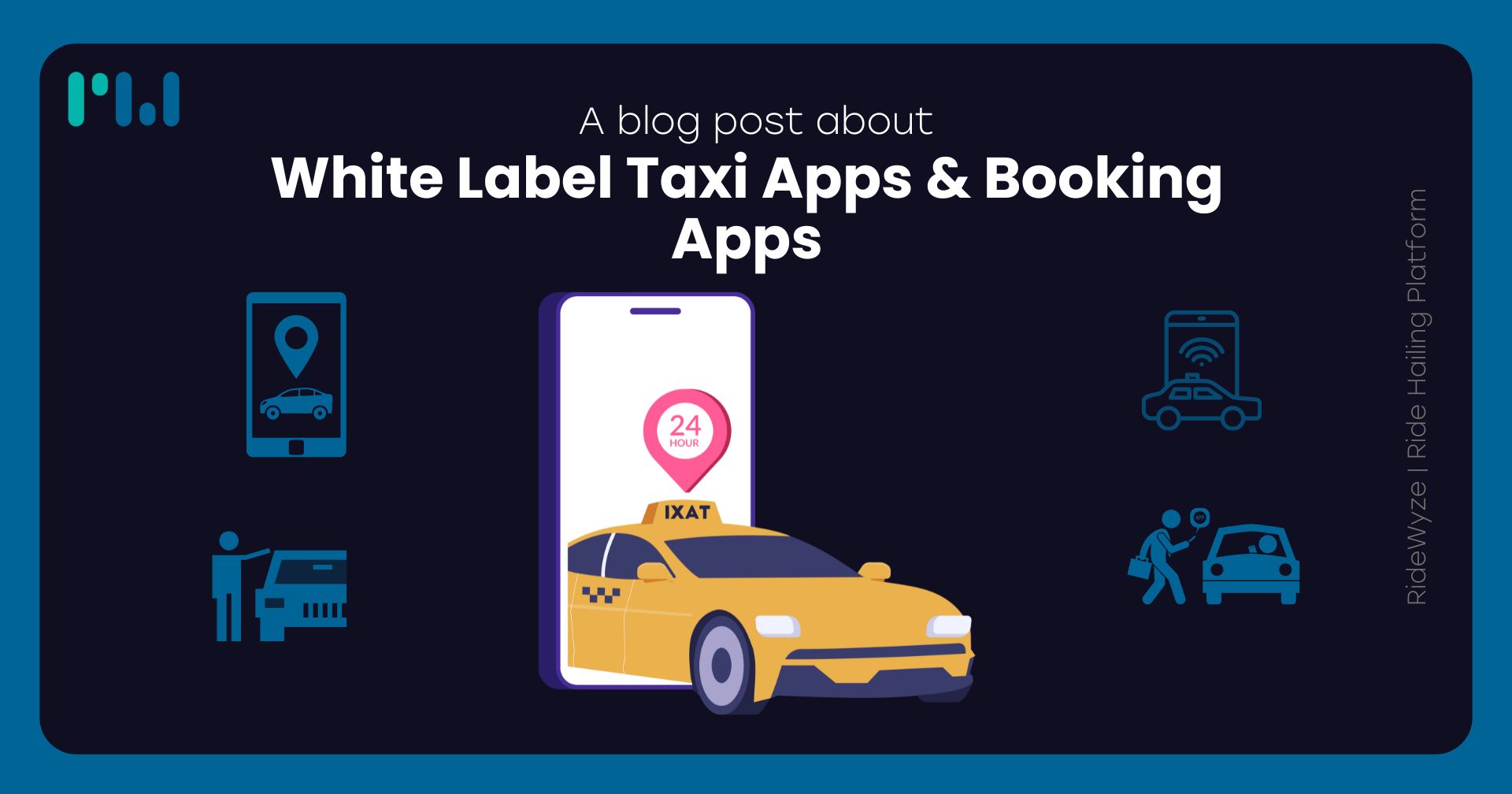
Article
White Label Taxi Apps & Booking Apps
Discover white-label taxi and booking apps that offer seamless ride management and brand customization for businesses.
19 Dec, 2024 · 6 min read
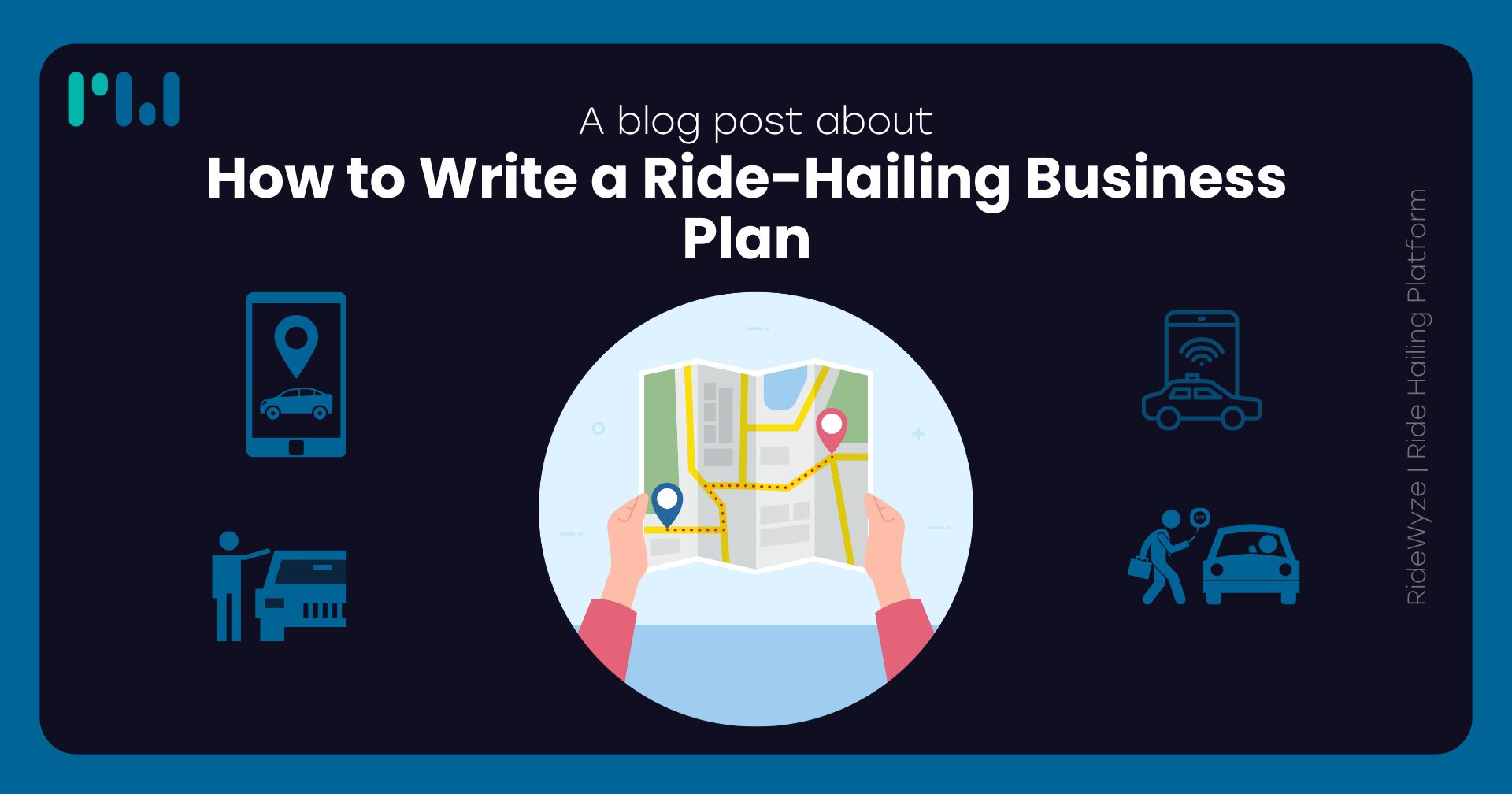
Article
How to Write a Ride-Hailing Business Plan
Learn step-by-step how to craft a comprehensive business plan for a successful ride-hailing venture, from market research to financial projections.
23 Dec, 2024 · 6 min read
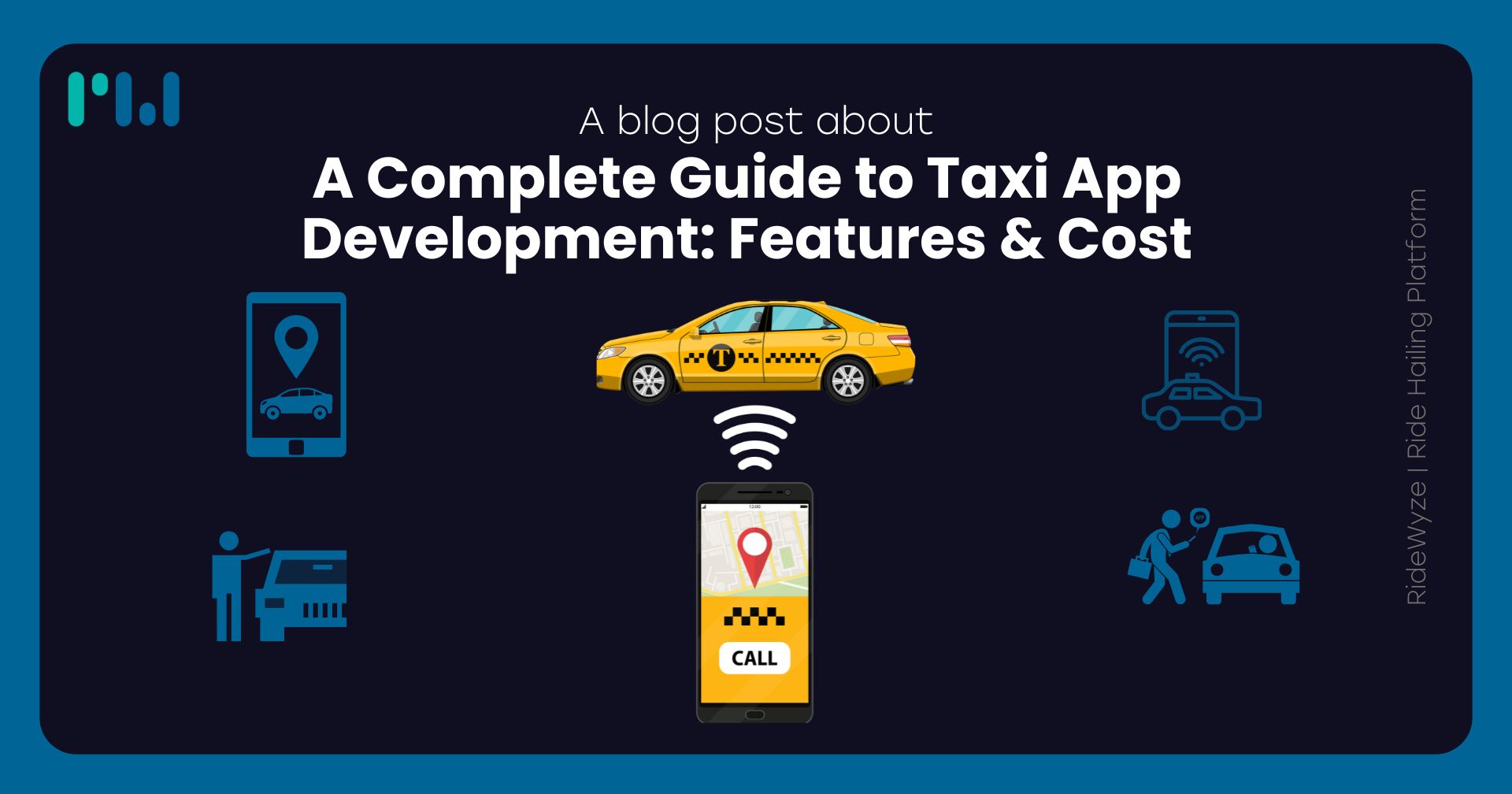
Article
A Complete Guide to Taxi App Development: Features & Cost
Discover everything you need to know about taxi app development, including essential features, cost breakdown, and tips for success.
30 Dec, 2024 · 6 min read
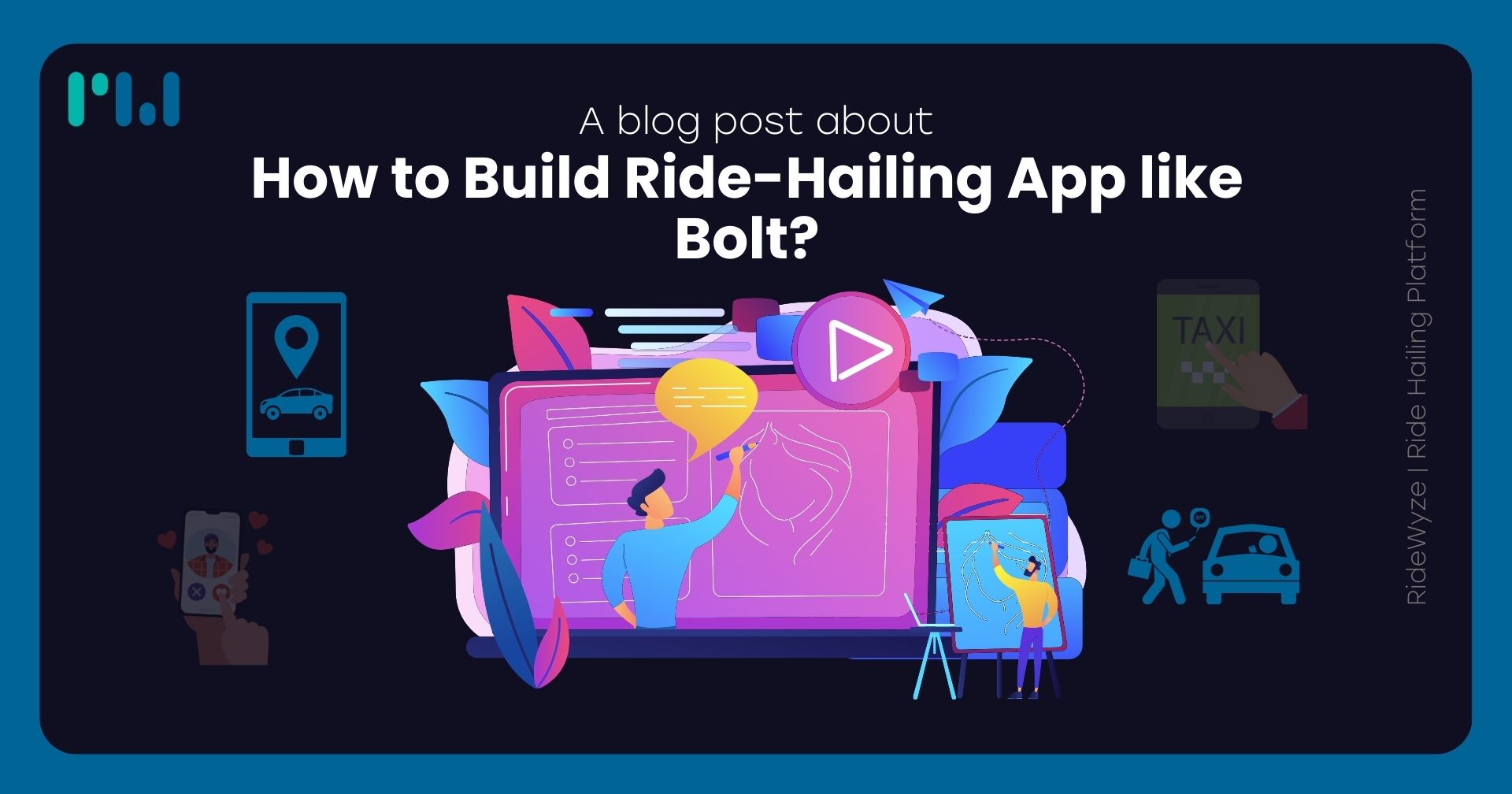
Article
How to Build Ride-Hailing App like Bolt?
Learn the step-by-step process to develop a ride-hailing app like Bolt, including features, tech stack, and cost estimation.
1 Jan, 2025 · 6 min read
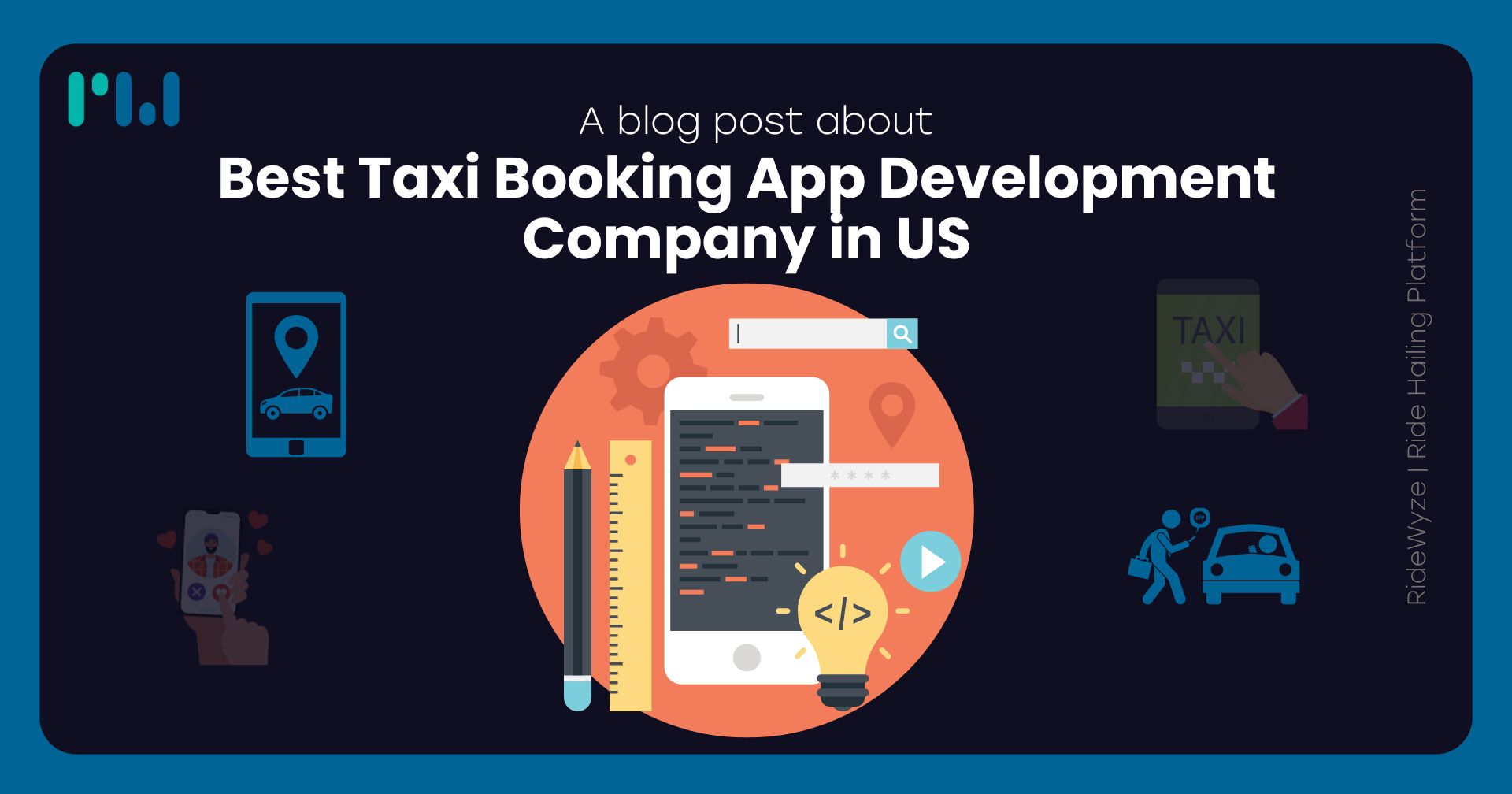
Article
Best Taxi Booking App Development Company in US
Discover the top taxi booking app development companies in the US offering innovative and scalable solutions.
9 Jan, 2025 · 6 min read
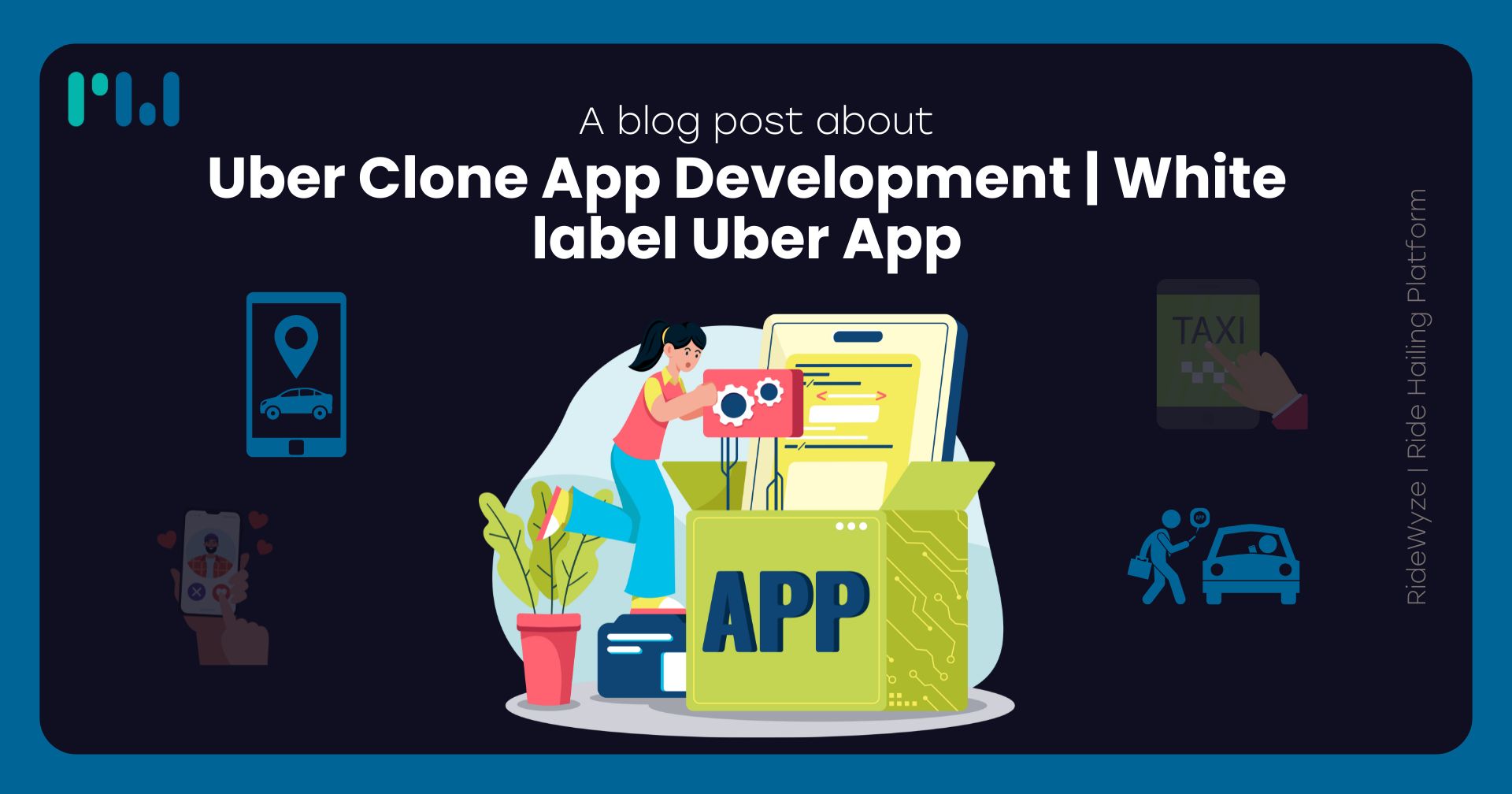
Article
Uber Clone App Development
Launch your own ride-hailing business with a customizable and scalable Uber clone app. Our whitelabel Uber app solutions are tailored to meet your unique business needs.
14 Jan, 2025 · 6 min read
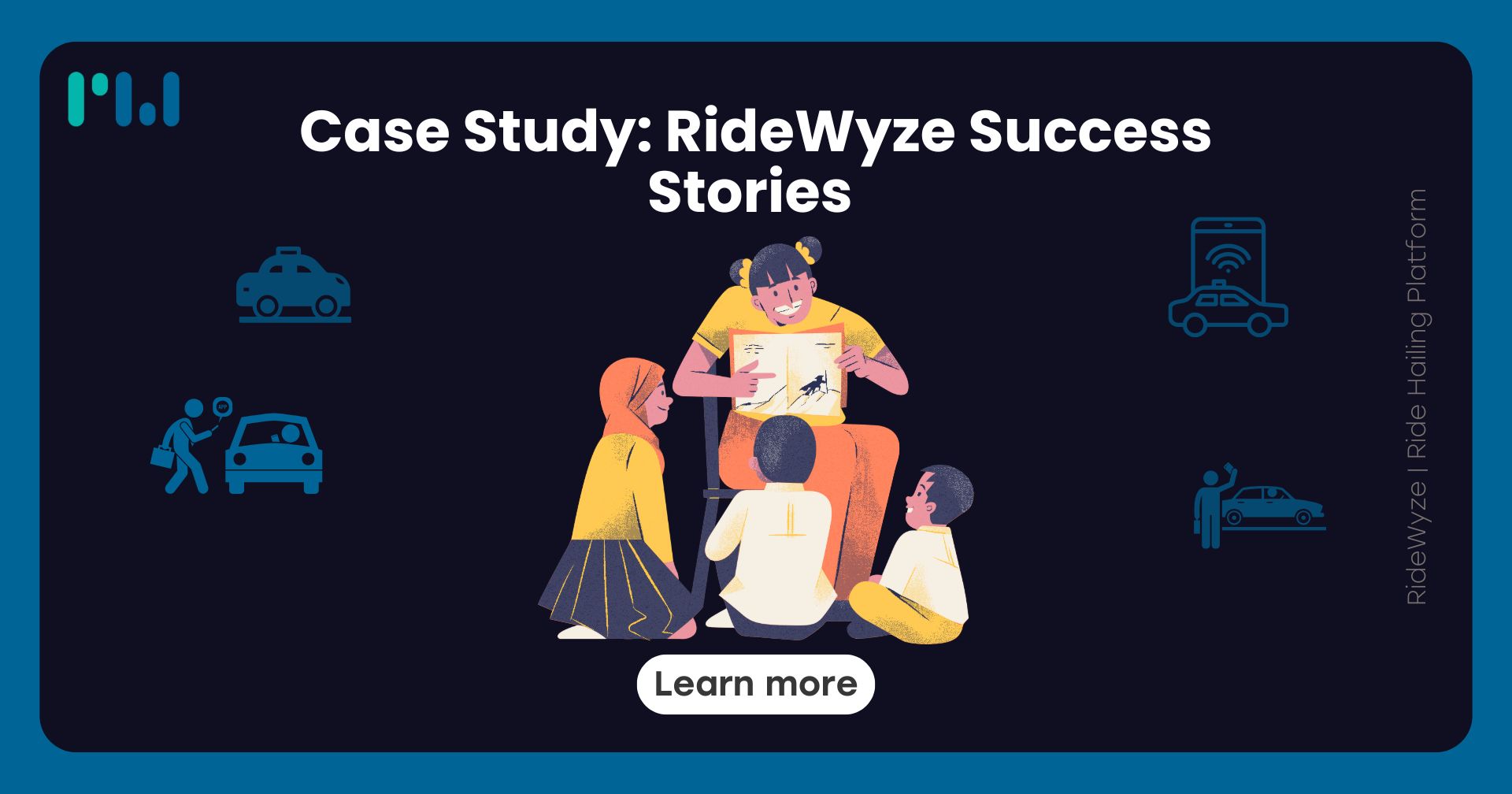
Article
Case Study: RideWyze Success Stories
Discover how RideWyze has revolutionized the ride-hailing industry with real-world success stories from businesses worldwide.
16 Jan, 2025 · 6 min read
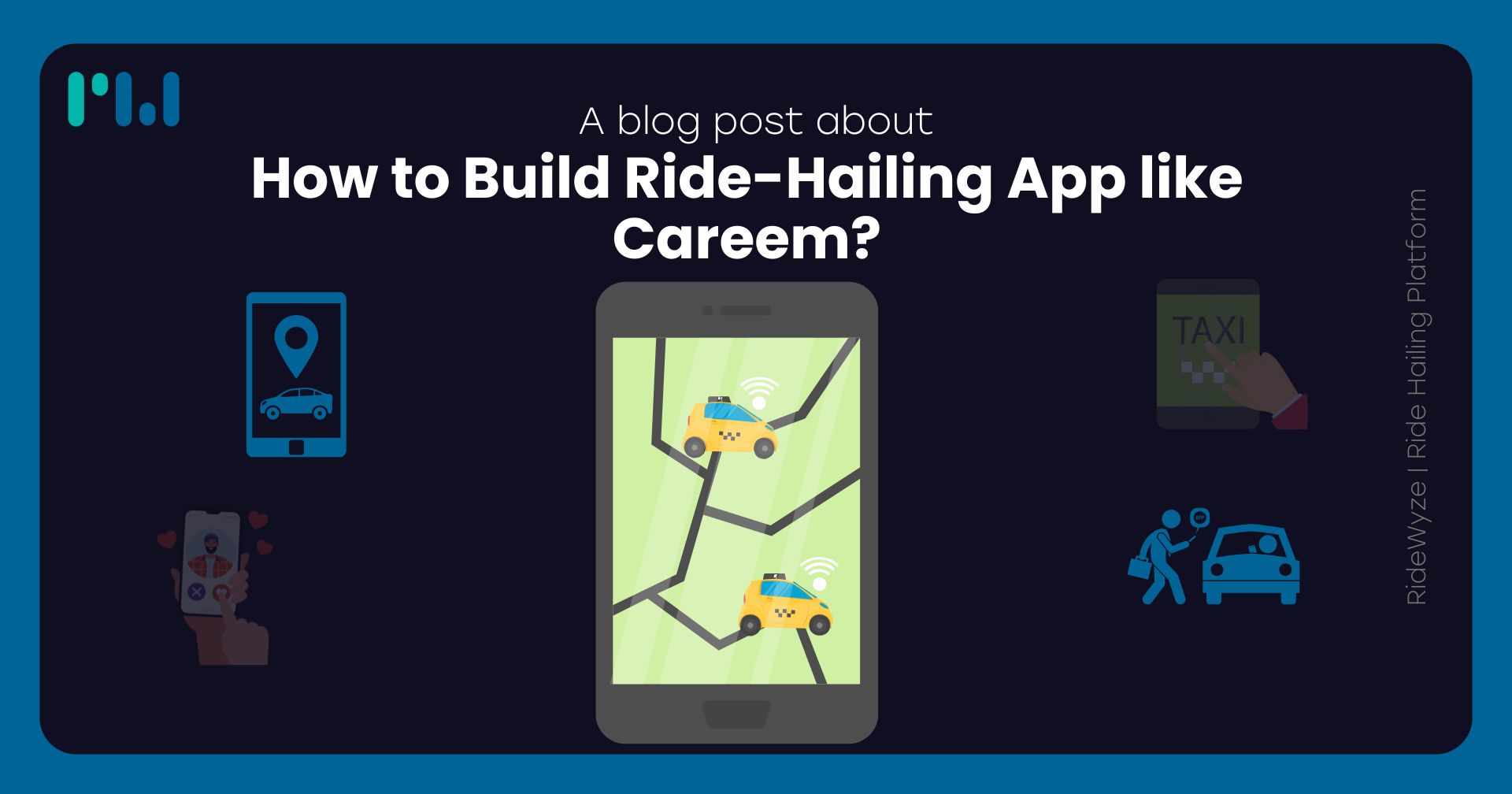
Article
How to Build Ride-Hailing App like Careem?
Discover the step-by-step process to create a ride-hailing app like Careem, including features, technology, and costs.
20 Jan, 2025 · 6 min read
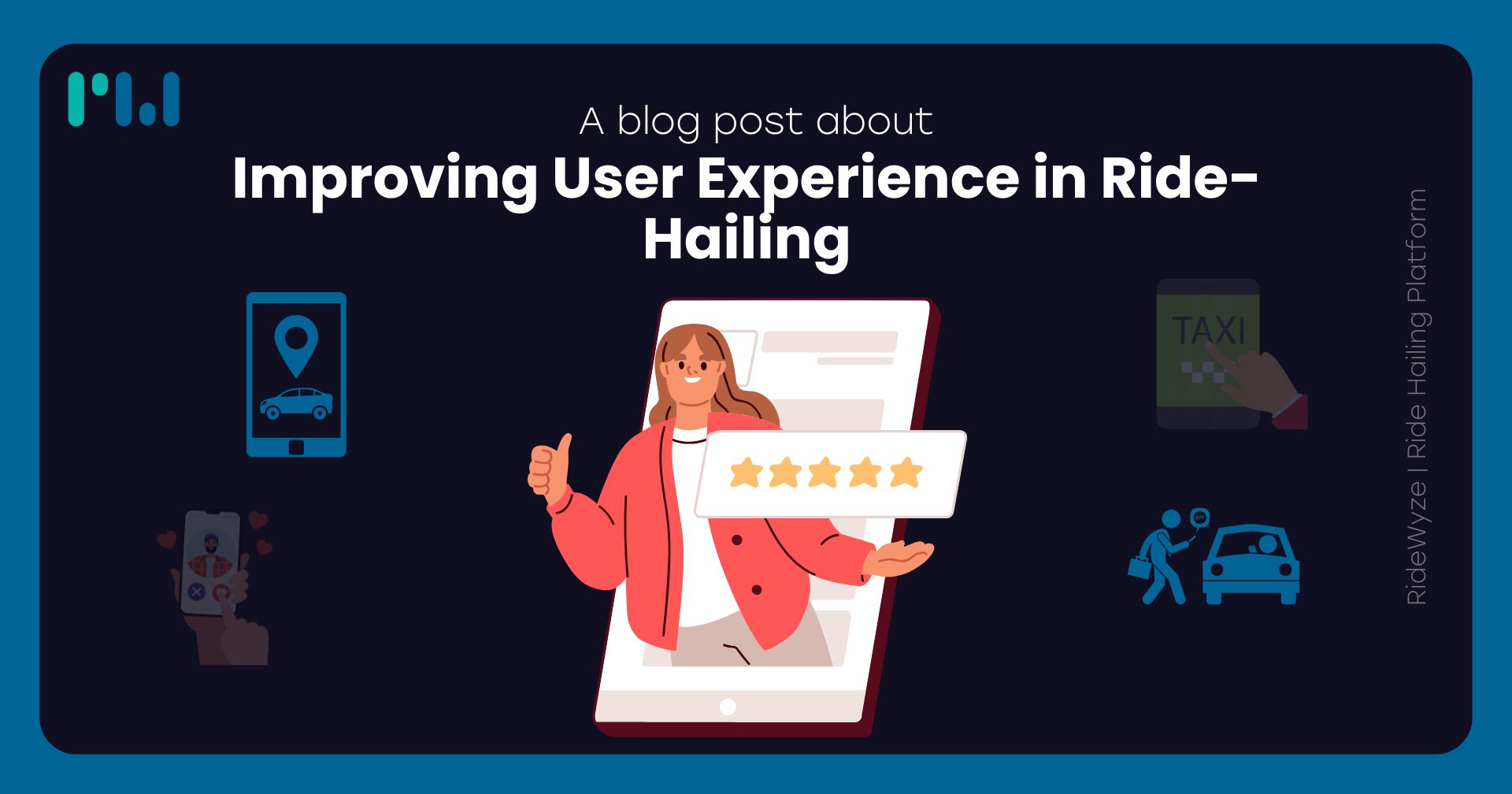
Article
Improving User Experience in Ride-Hailing
Explore innovative strategies and technologies to enhance customer satisfaction in ride-hailing services.
24 Jan, 2025 · 6 min read
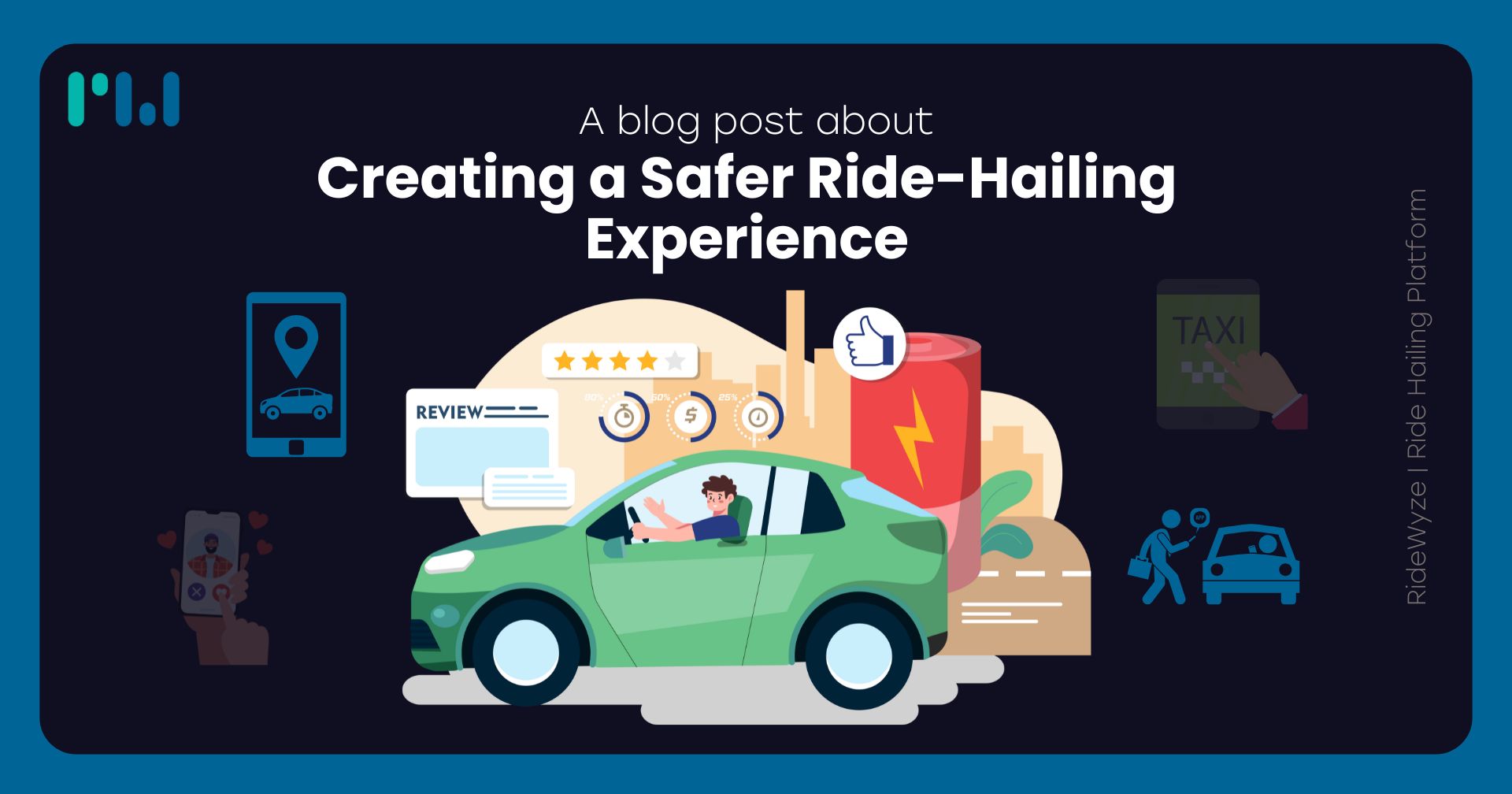
Article
Creating a Safer Ride-Hailing Experience
Explore essential safety measures and technological advancements that enhance security for both drivers and passengers in ride-hailing services.
31 Jan, 2025 · 6 min read
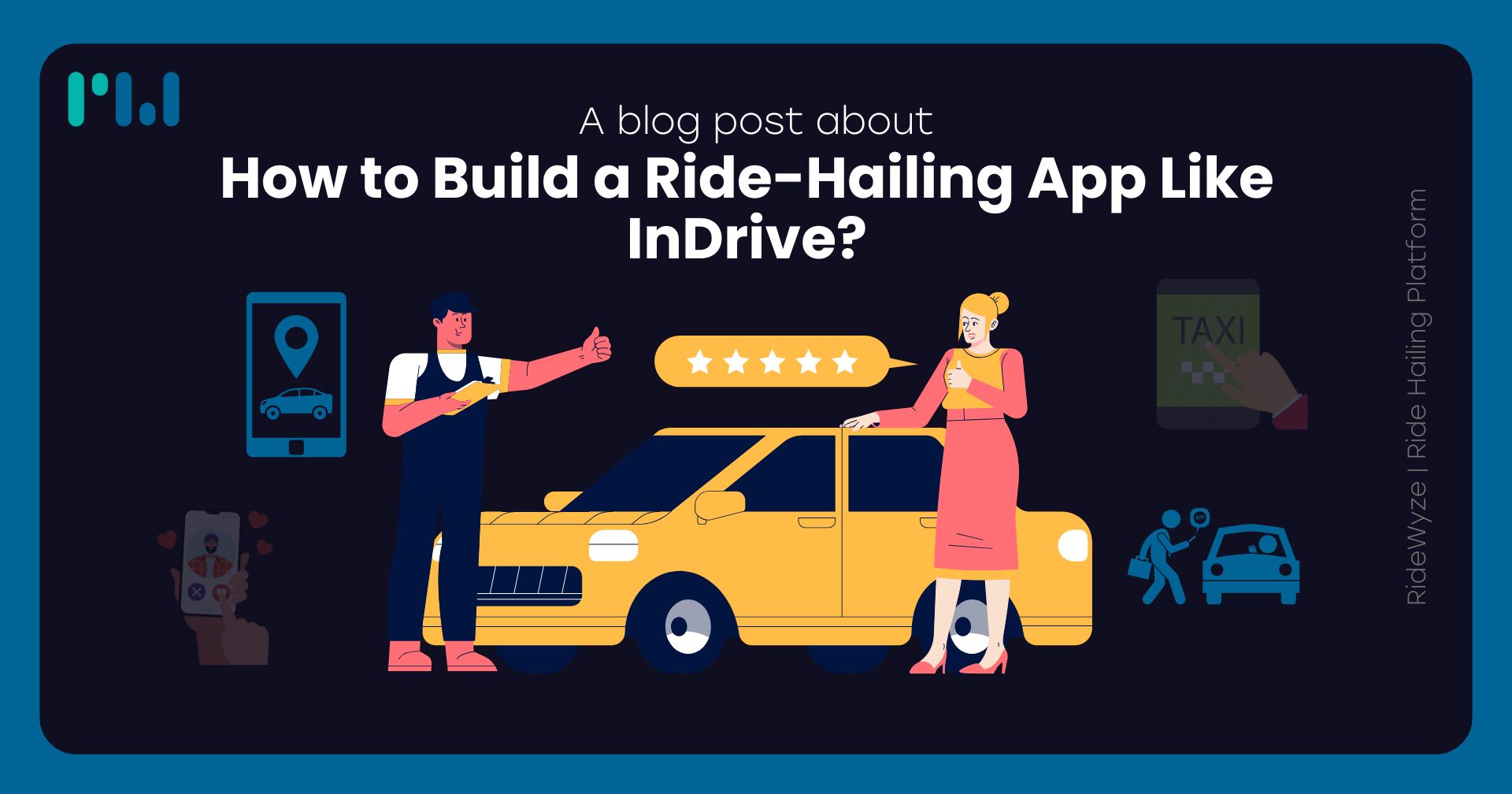
Article
How to Build a Ride-Hailing App Like InDrive?
Learn the essential steps, features, and technologies needed to develop a ride-hailing app like InDrive, from concept to launch.
5 Feb, 2025 · 6 min read
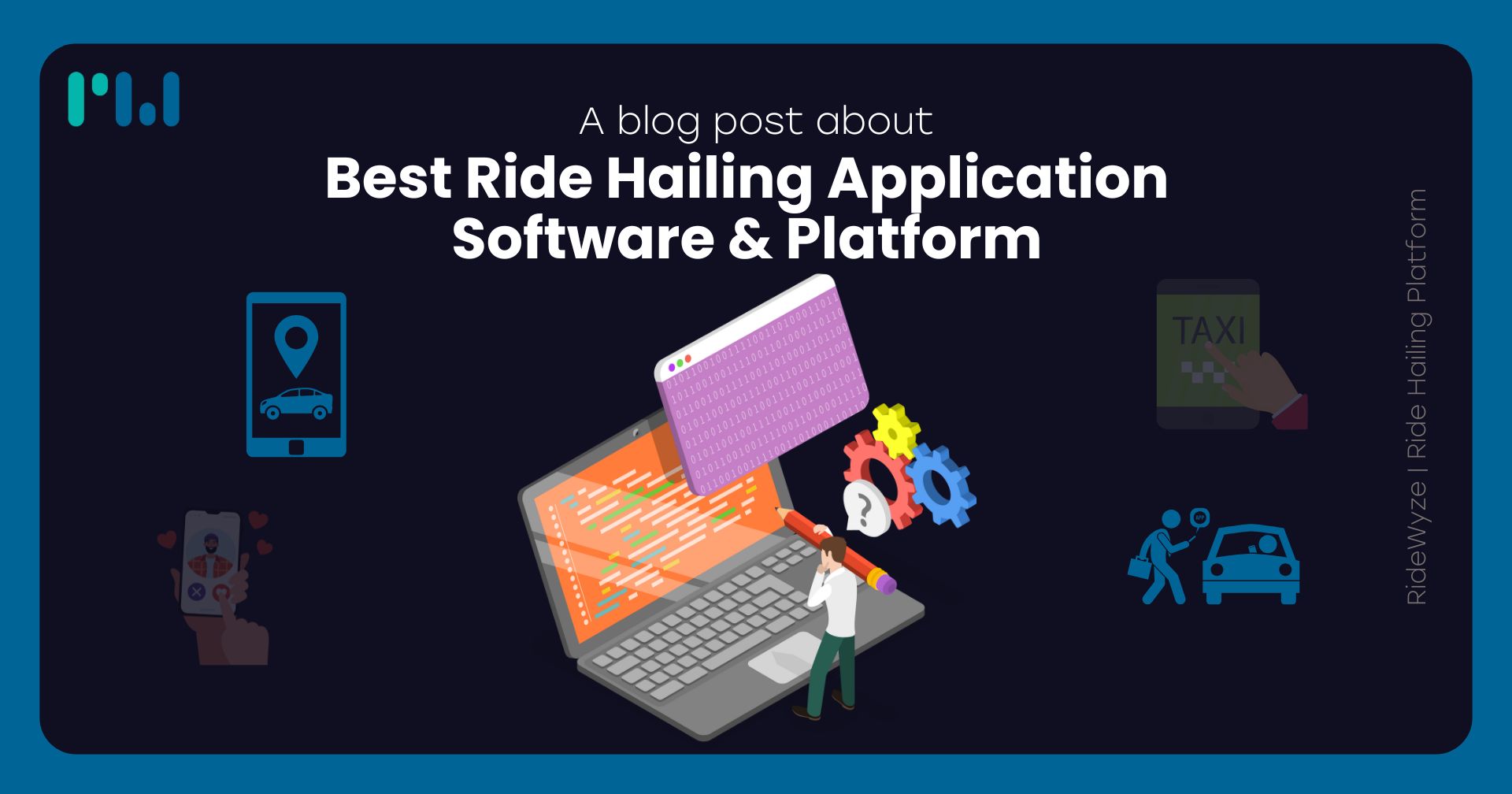
Article
Best Ride Hailing Application Software & Platform
Explore top ride-hailing software for seamless booking, efficient operations, and key features.
5 Feb, 2025 · 6 min read

Article
Build a Taxi Booking & Ride Sharing App
Build a seamless, user-friendly taxi booking and ride-sharing app with essential features and scalable solutions.
11 Feb, 2025 · 6 min read
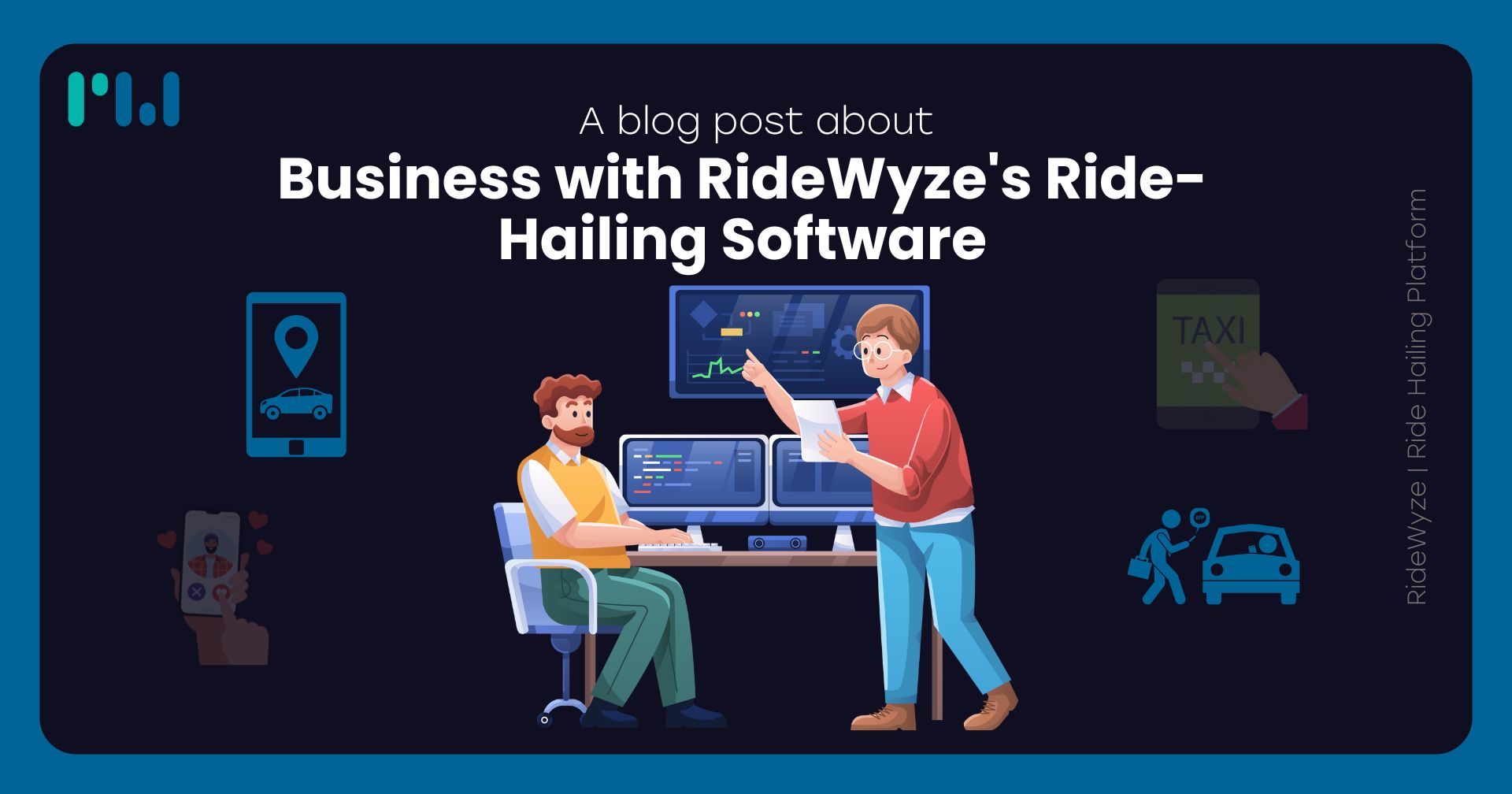
Article
Business with RideWyze's Ride-Hailing Software
Streamline operations, boost customer experience, and maximize profits with RideWyze’s advanced ride-hailing solution.
11 Feb, 2025 · 6 min read

Article
Bolt Clone App Development
Build a Bolt clone app with seamless booking, top features, and smooth user experience.
14 Feb, 2025 · 6 min read
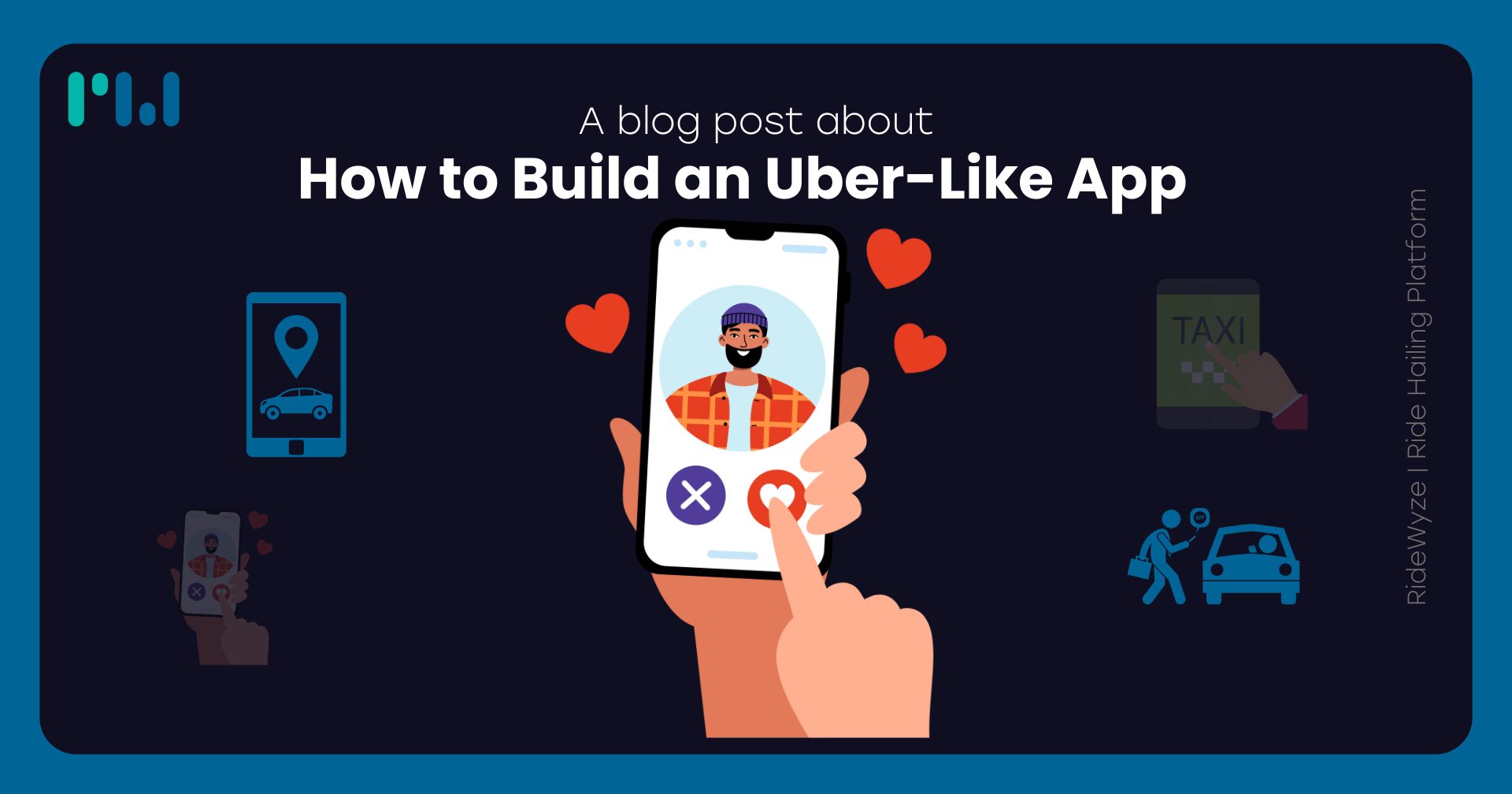
Article
How to Build an Uber-Like App
Learn the key steps, features, and technologies required to develop a successful Uber-like ride-hailing app with a seamless user experience.
18 Feb, 2025 · 6 min read
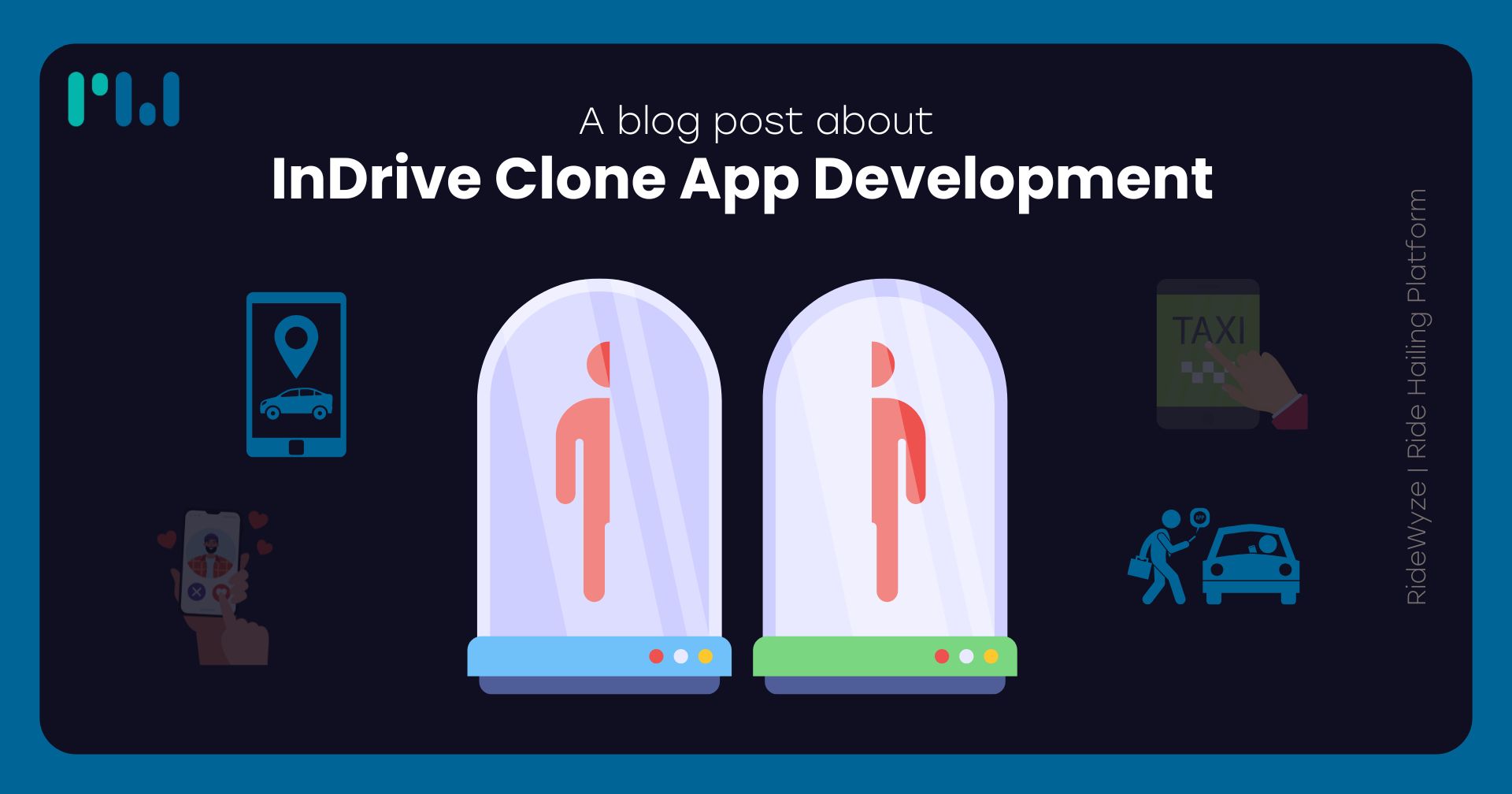
Article
InDrive Clone App Development
Build a custom InDrive-like app with a white-label solution, advanced features, and seamless ride-hailing experience.
20 Feb, 2025 · 6 min read
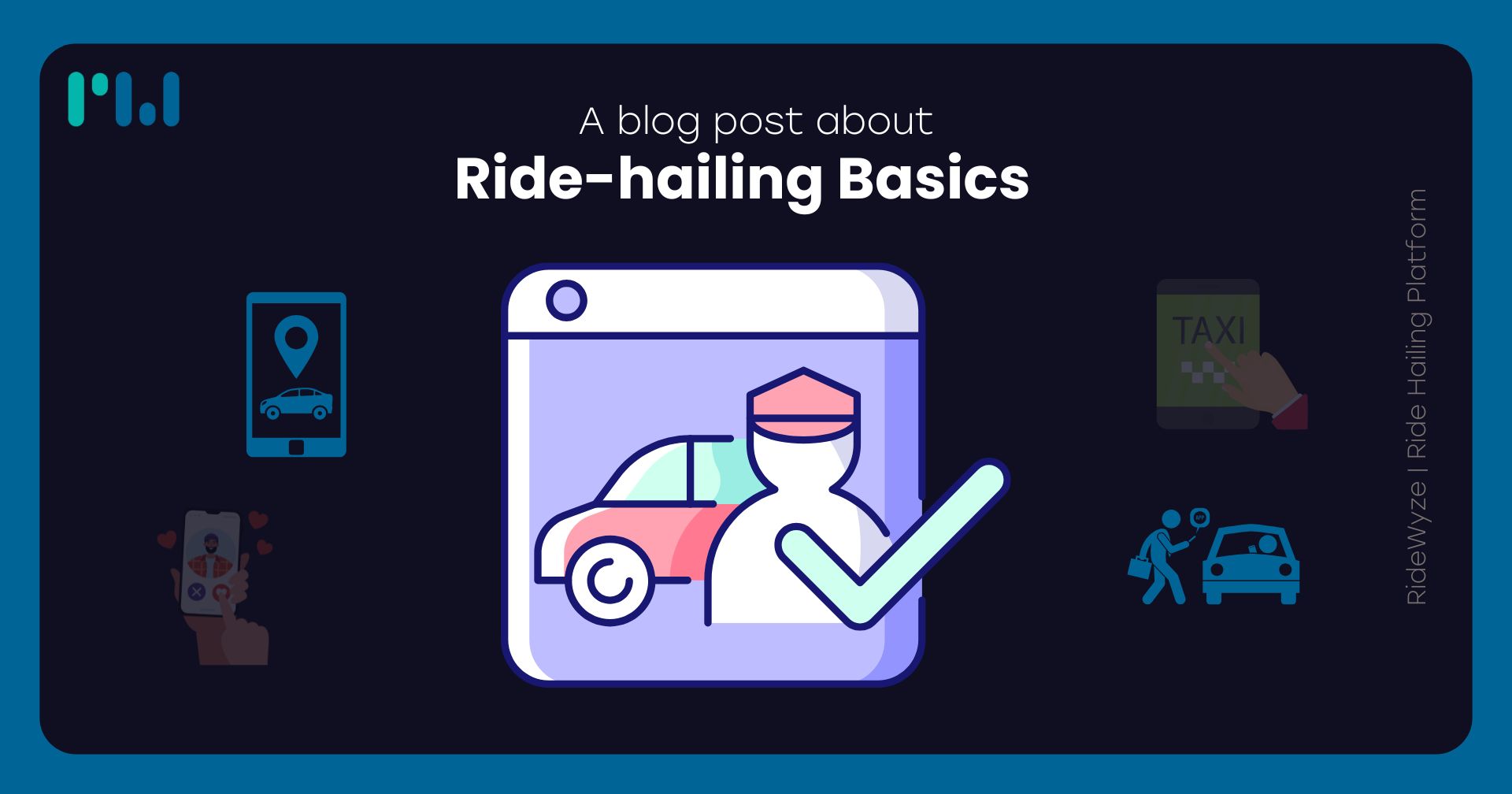
Article
Ride-hailing Basics
Learn the fundamentals of ride-hailing, from booking a ride to driver and passenger essentials for a seamless experience.
21 Feb, 2025 · 6 min read

Article
Ride-Hailing vs. Ride-Sharing the Key Difference
Learn the difference between ride-hailing and ride-sharing services, and how each impacts transportation and mobility.
25 Feb 2025 · 6 min read
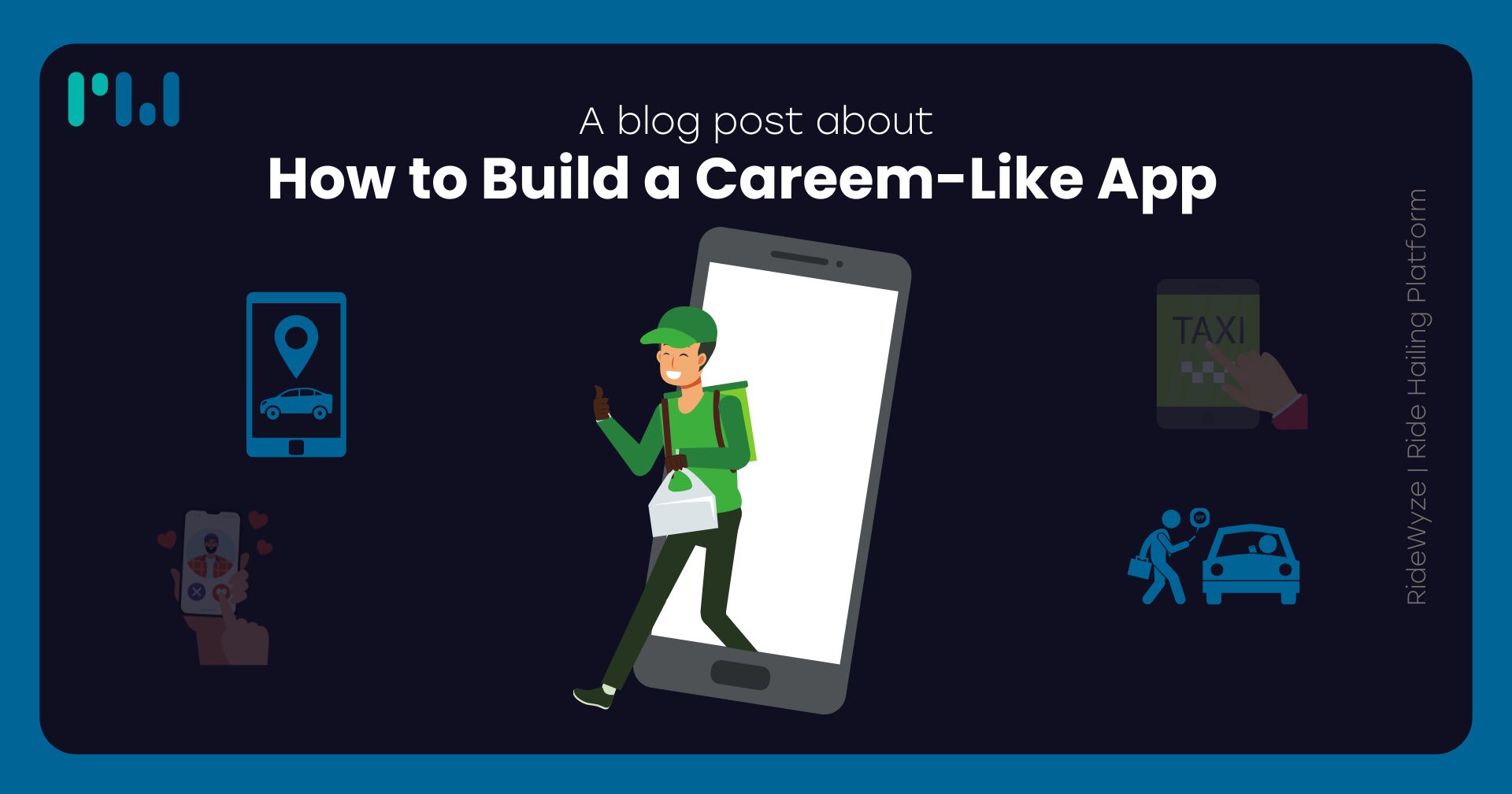
Article
How to Build a Careem-Like App
Develop a feature-rich, scalable ride-hailing app like Careem with seamless booking and payment integration.
26 Feb 2025 · 6 min read
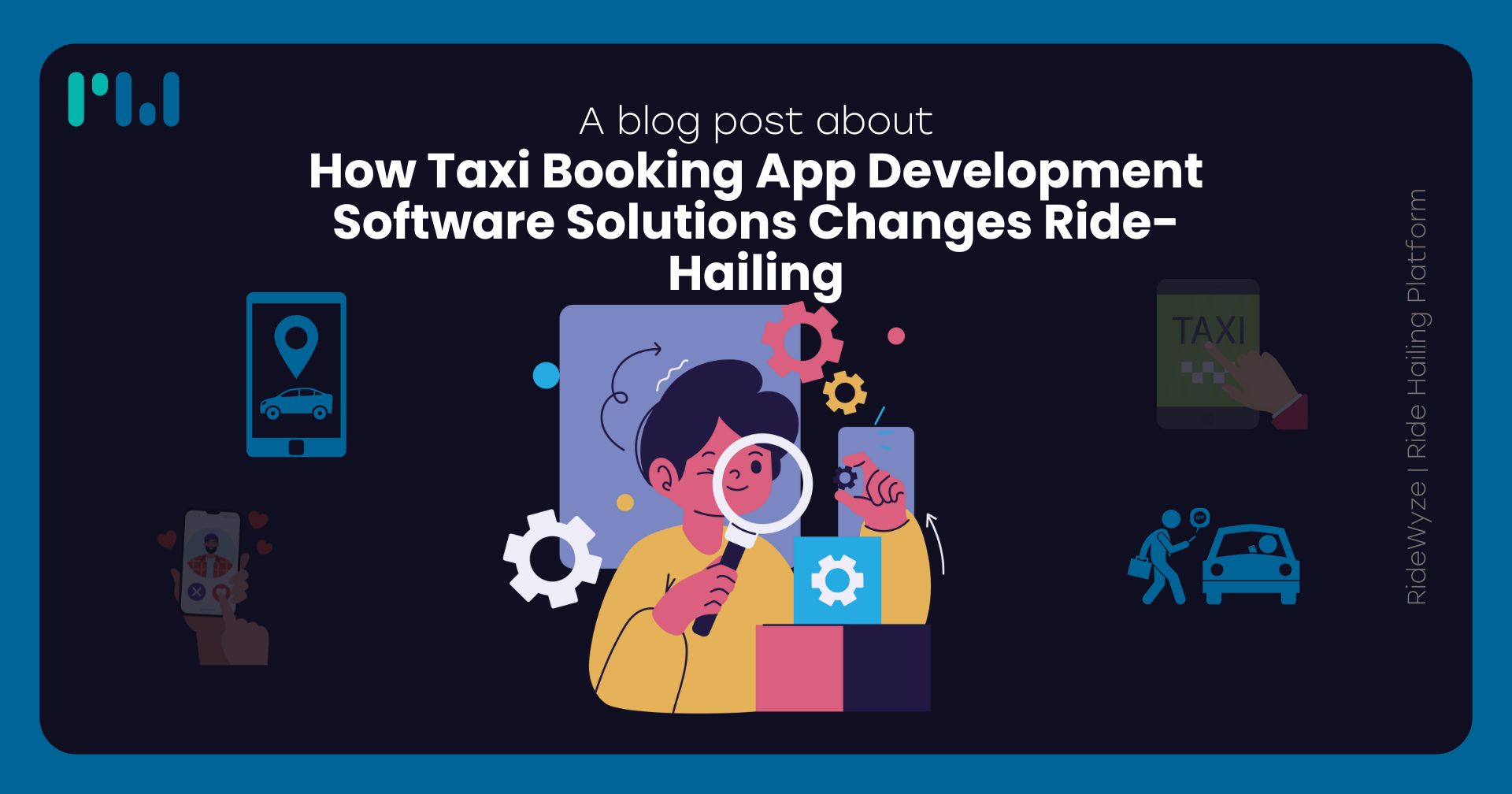
Article
How Taxi Booking App Development Software
Discover how advanced software solutions enhance ride-hailing efficiency, user experience, and business growth.
28 Feb 2025 · 6 min read
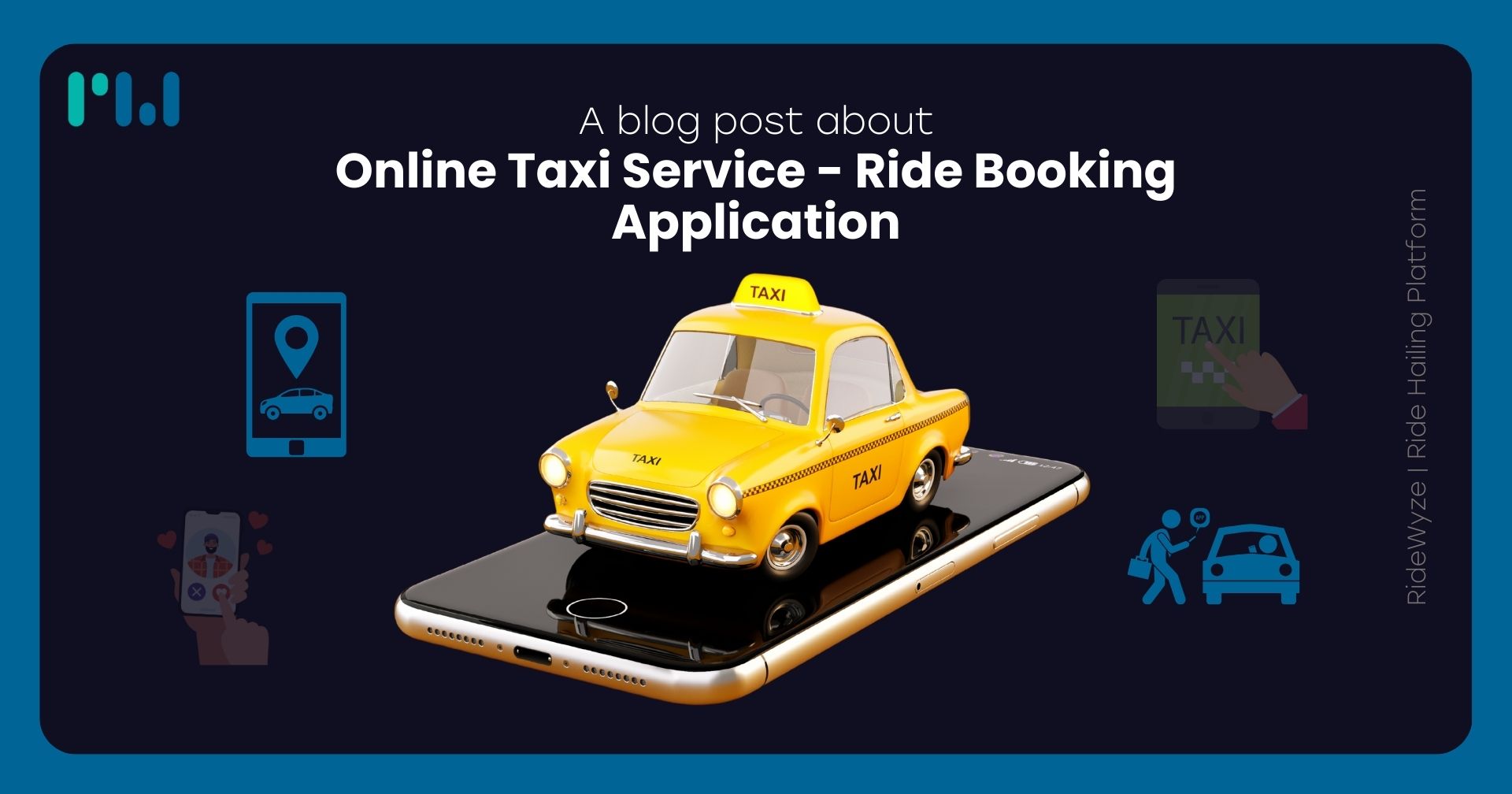
Article
Online Taxi Service - Ride Booking Application
Seamless ride booking with real-time tracking and secure payments.
3 March 2025 · 6 min read
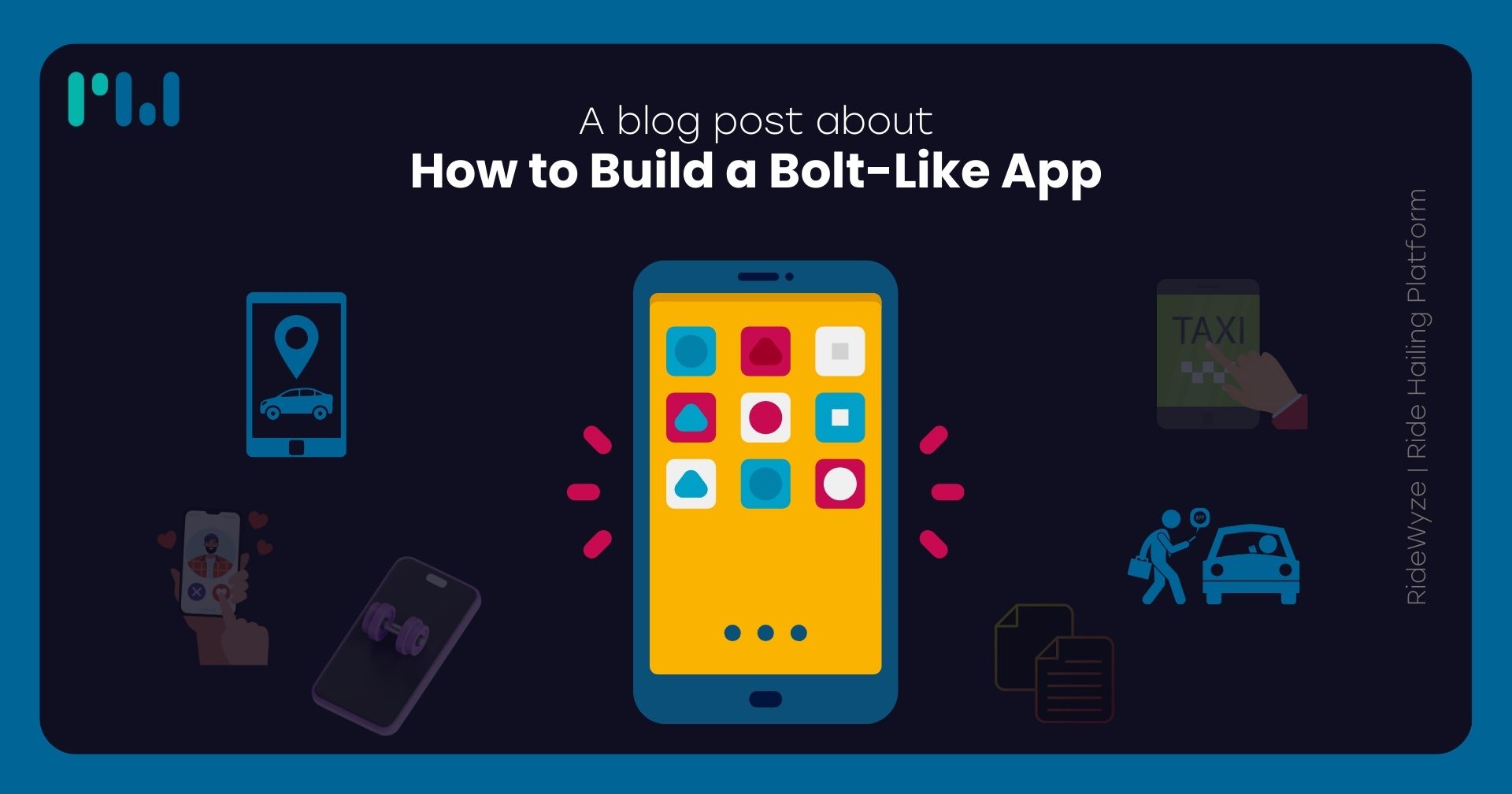
Article
How to Build a Bolt-Like App
Learn the key features, development steps, and costs involved in creating a Bolt-style ride-hailing app.
10 March 2025 · 6 min read
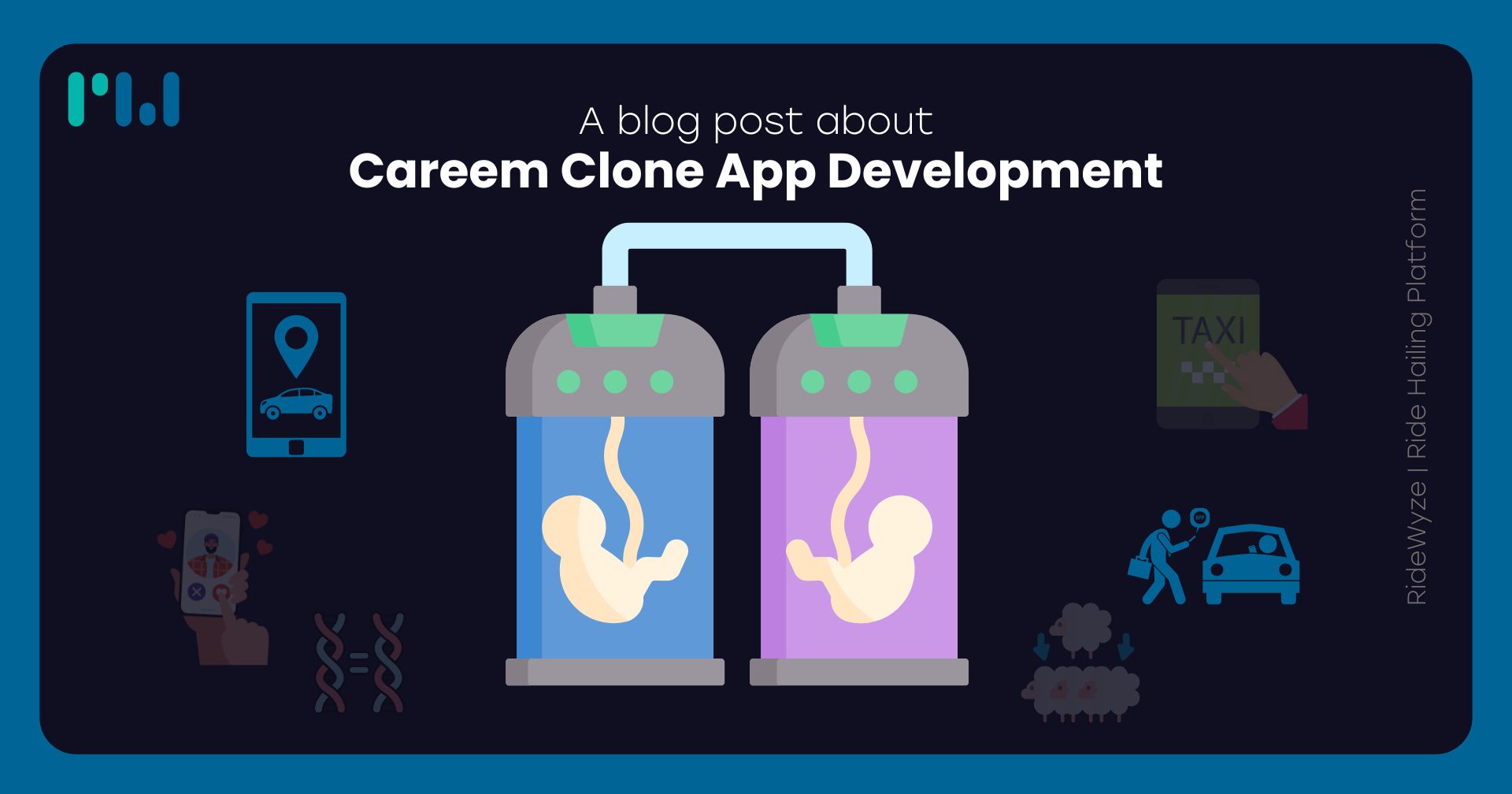
Article
Careem Clone App Development
Launch your own ride-hailing service with a white-label Careem clone app, featuring seamless booking and advanced features.
12 March 2025 · 6 min read
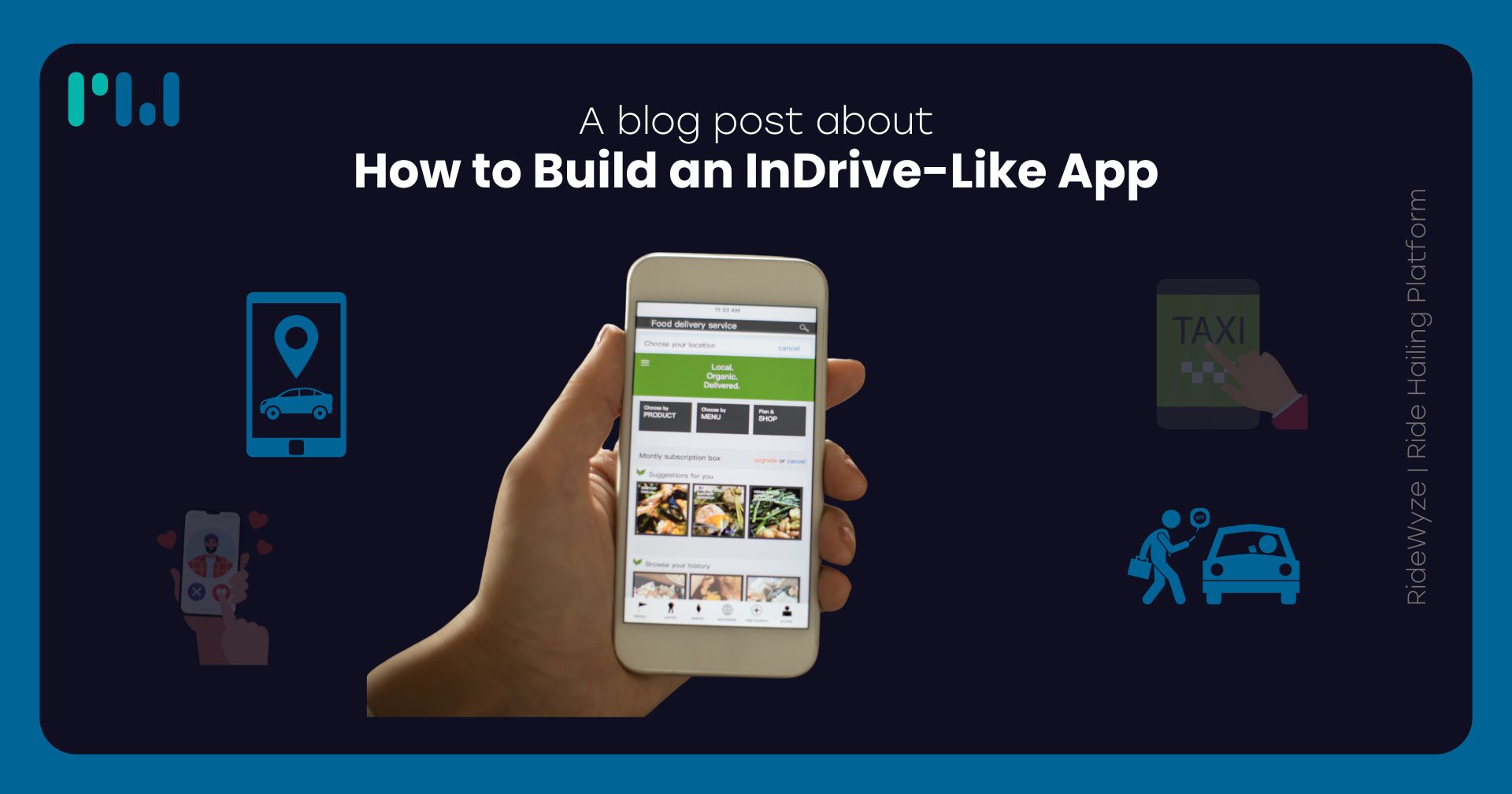
Article
How to Build an InDrive-Like App
Learn the key features, development process, and cost factors for creating a custom InDrive-style ride-hailing app.
13 March 2025 · 6 min read
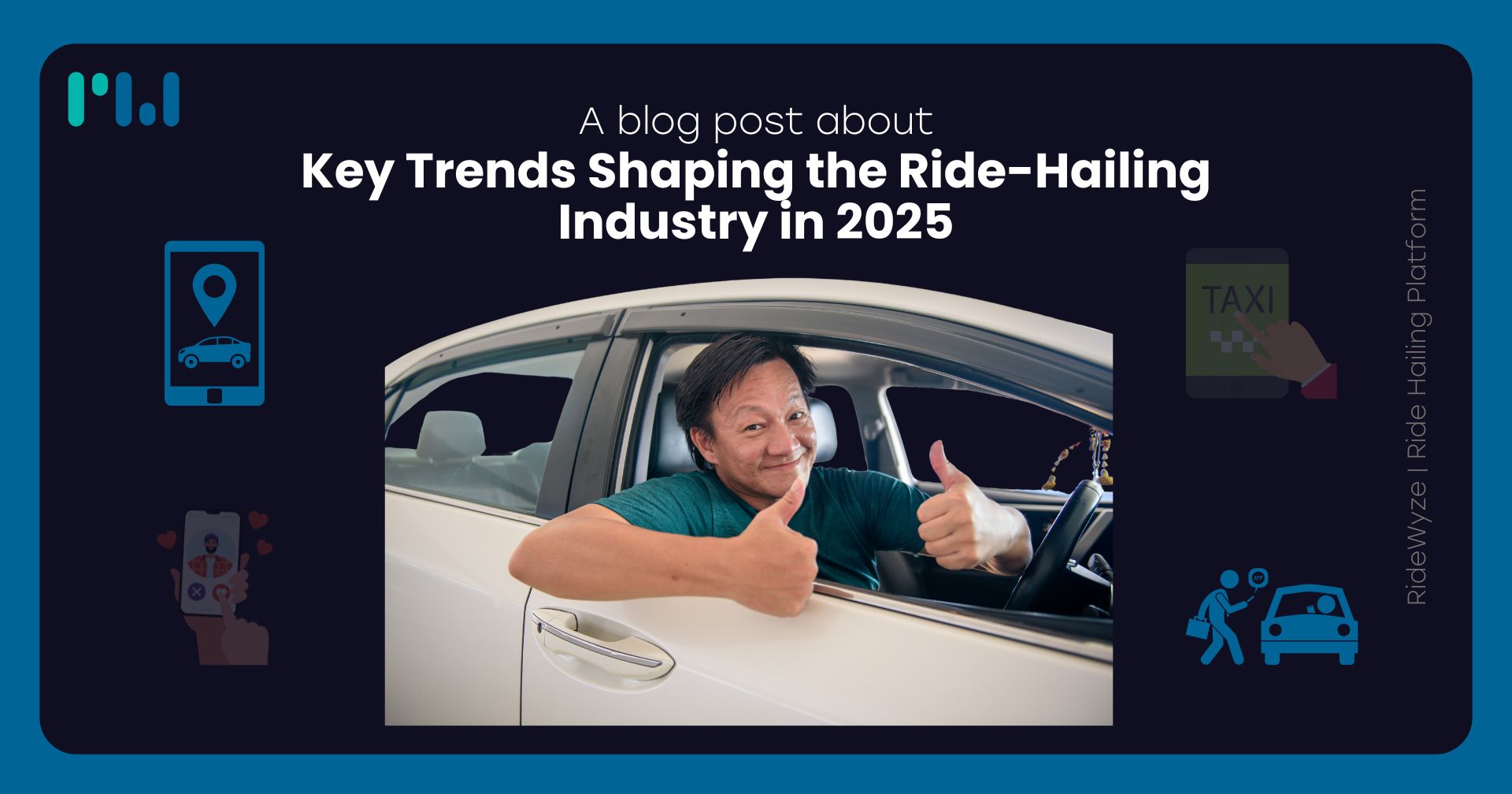
Article
Key Trends Shaping the Ride-Hailing Industry in 2025
Discover emerging innovations transforming ride-hailing in 2025.
19 March 2025 · 6 min read
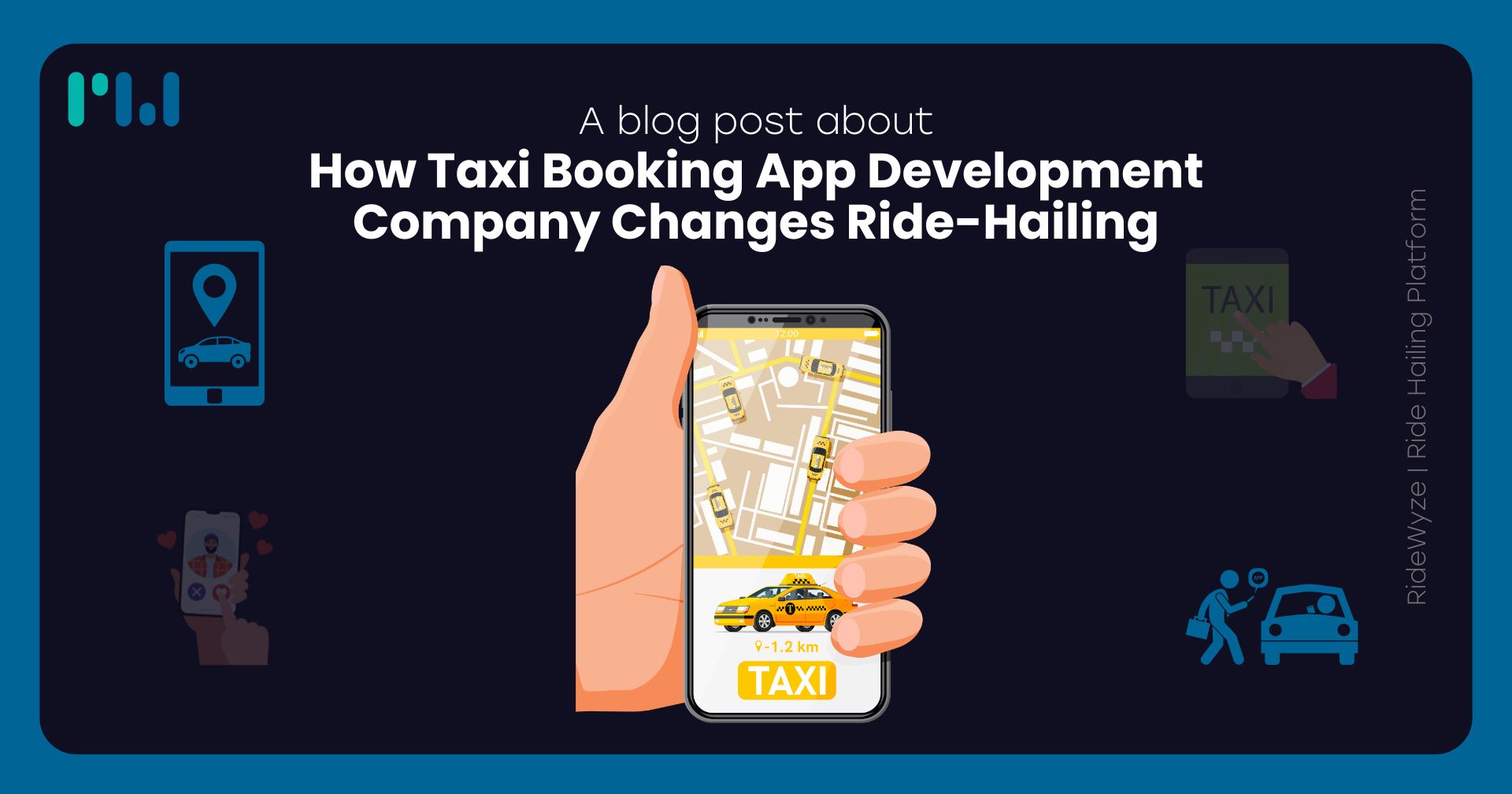
Article
How Taxi Booking App Development Company Changes Ride-Hailing
Discover how expert app development transforms the ride-hailing industry with innovation and efficiency.
25 March 2025 · 6 min read
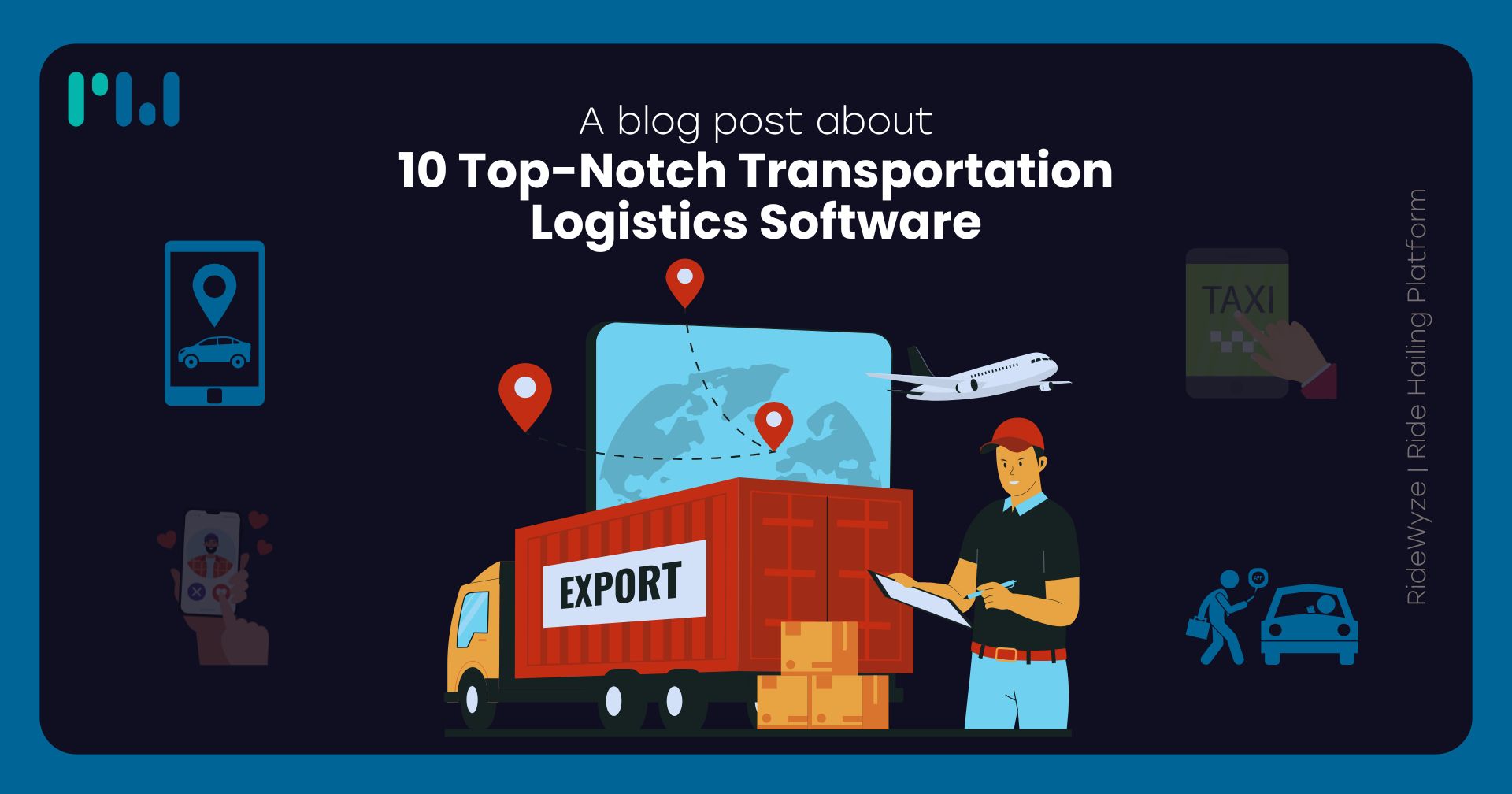
Article
10 Top-Notch Transportation Logistics Software
Explore the best software solutions for optimizing transportation and logistics operations.4o
26 March 2025 · 6 min read
Ready to elevate your ride-hailing business? RideWyze has the tools and expertise to help you succeed. Contact us for a personalized demo today!
